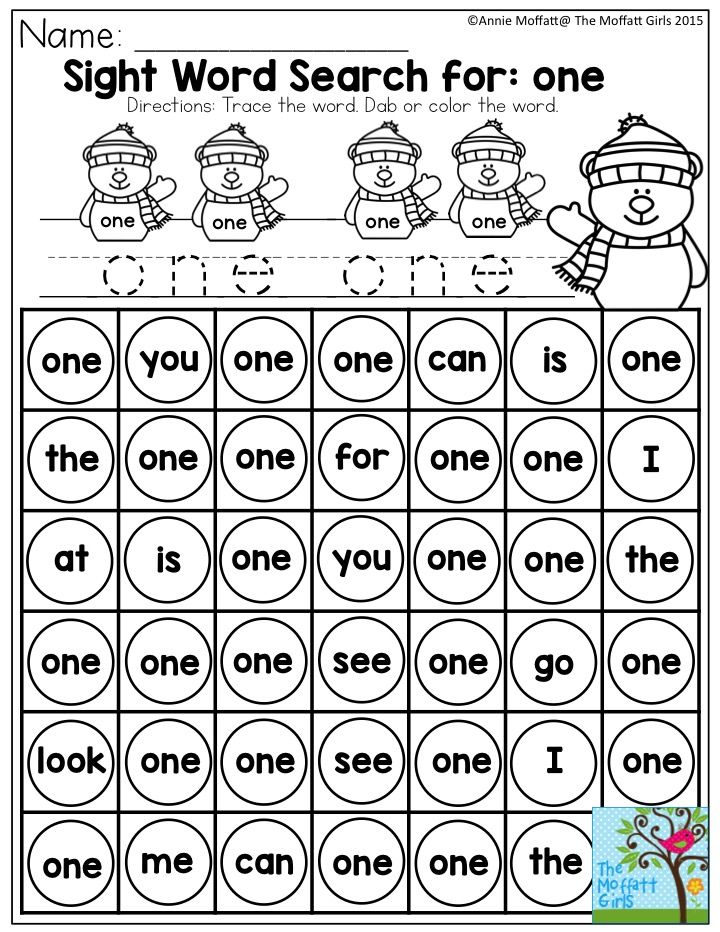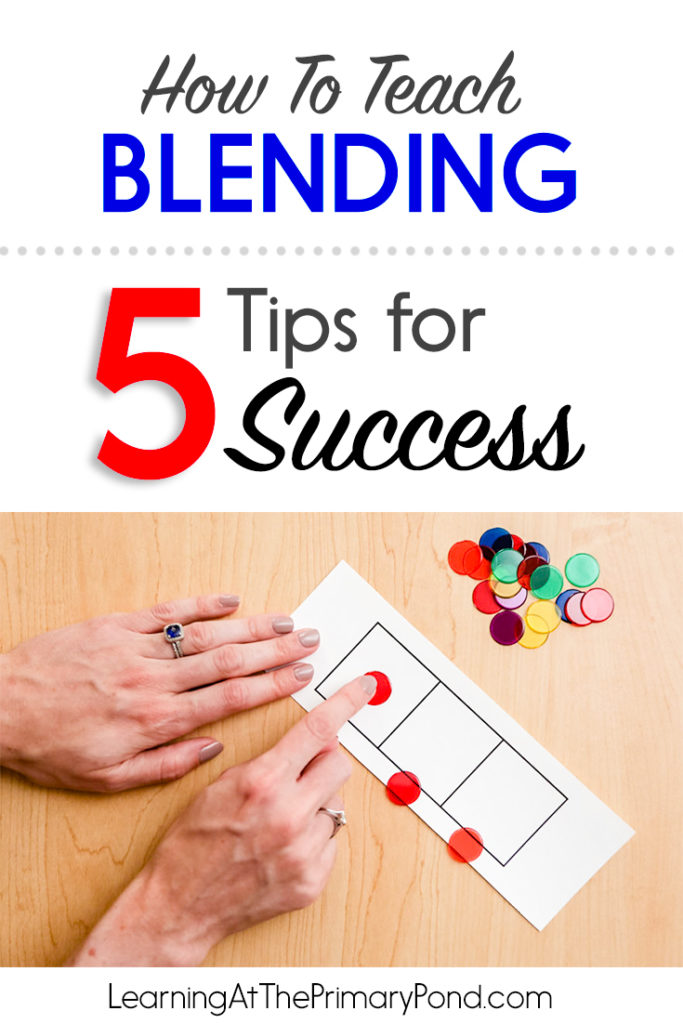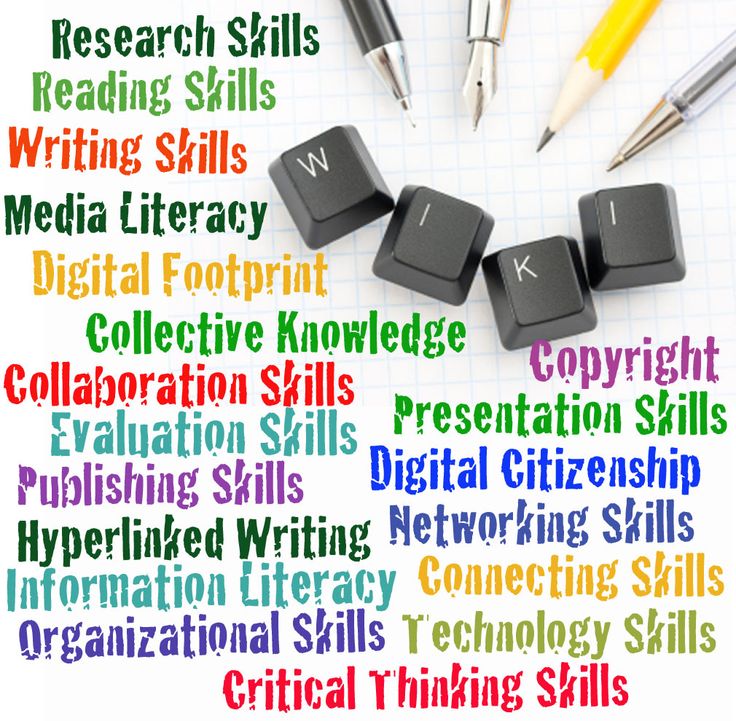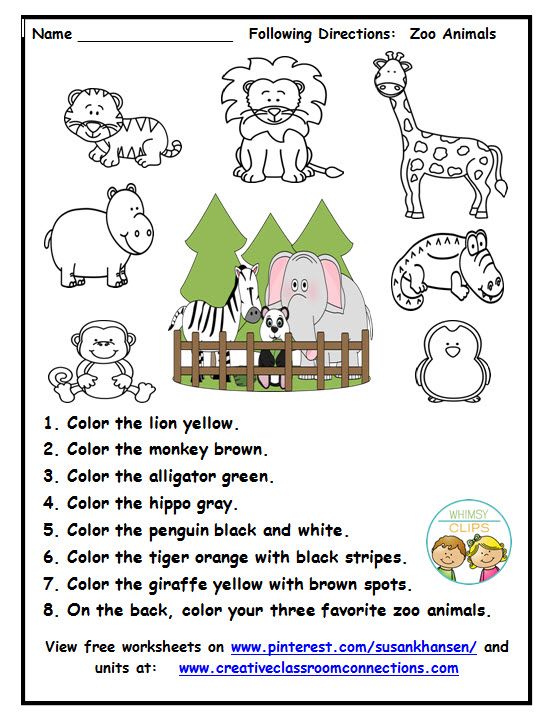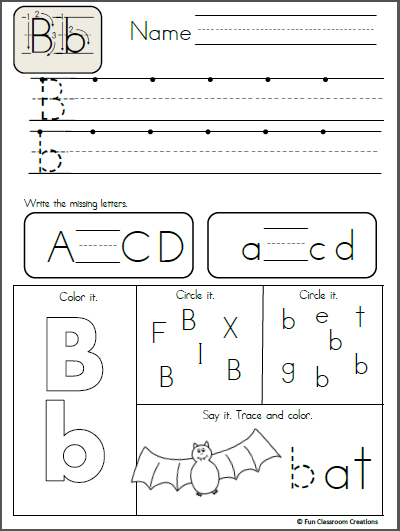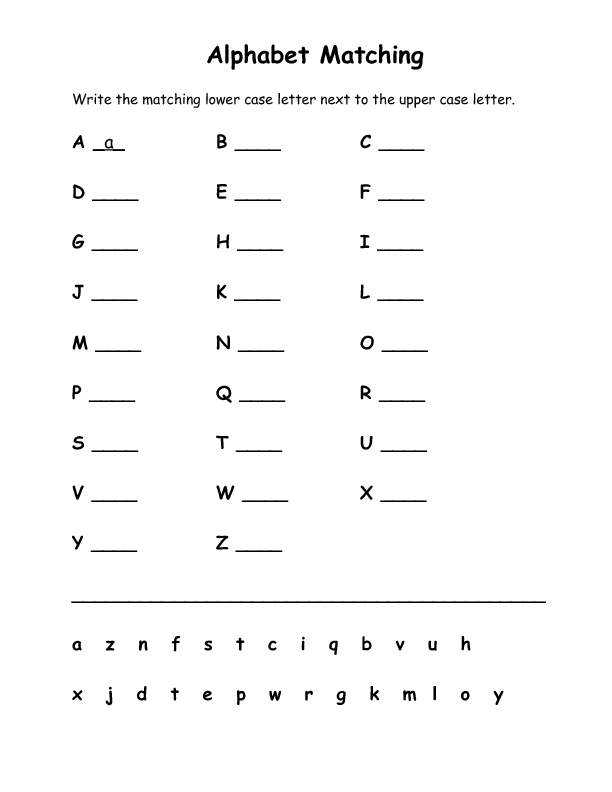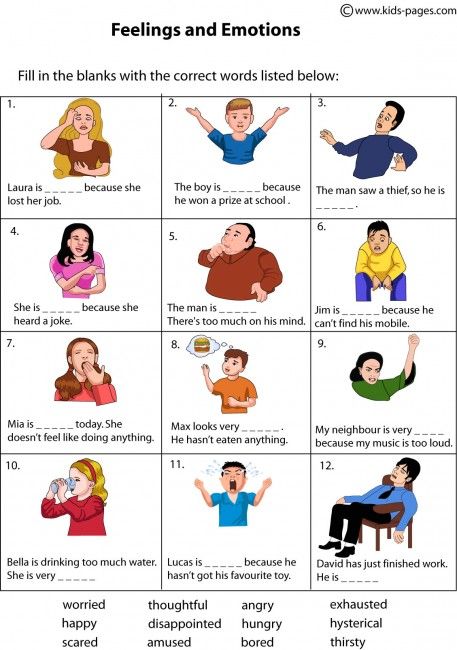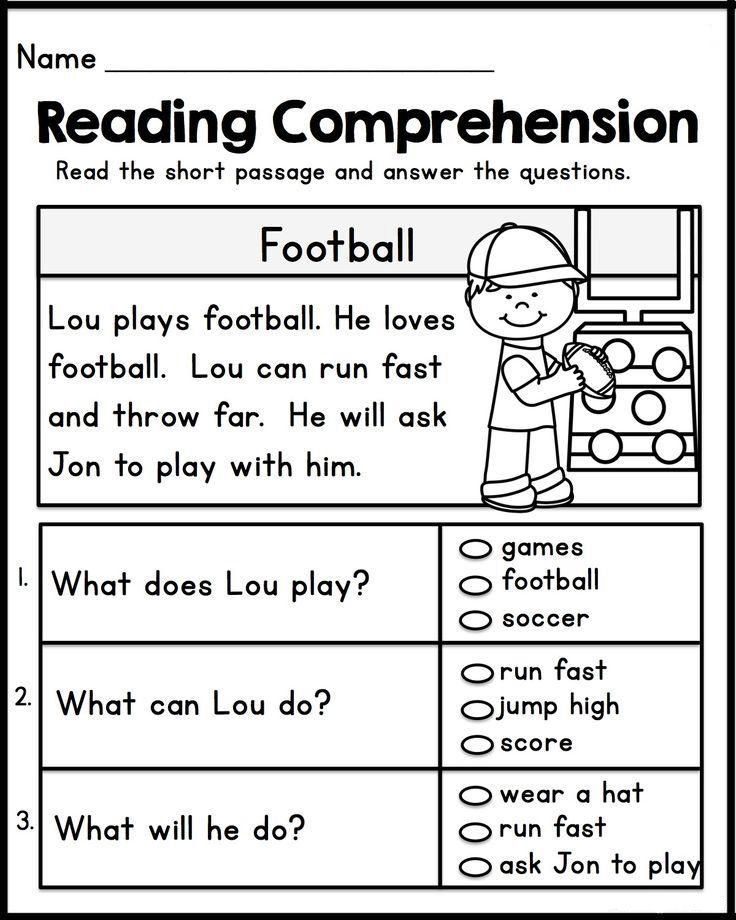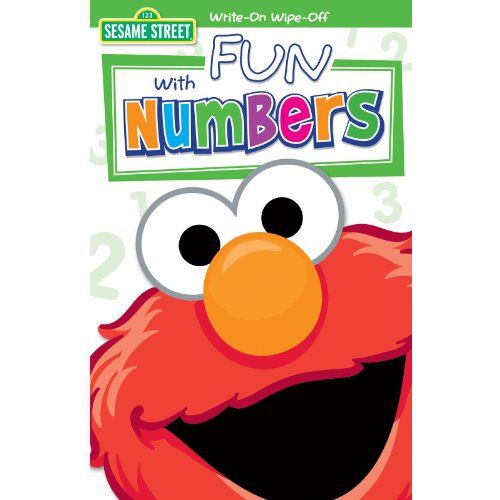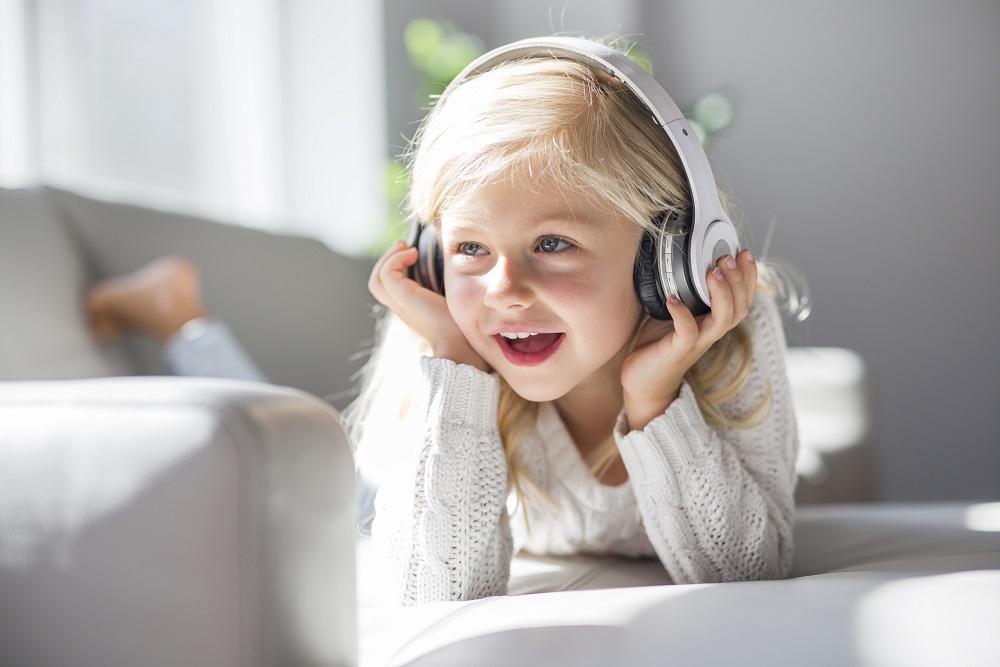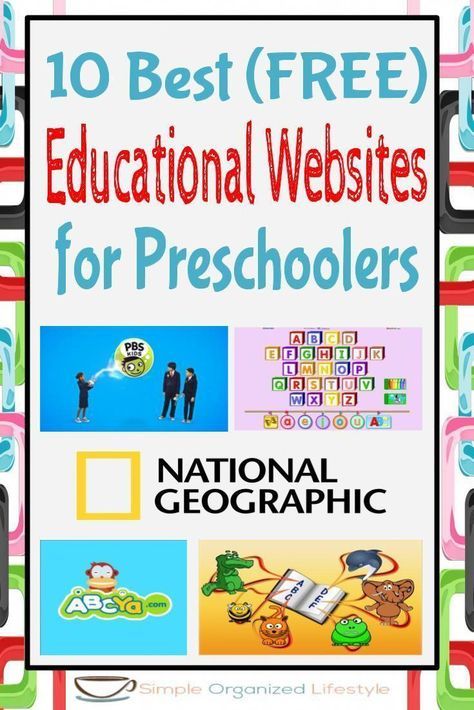First ten sight words
Top 25 Sight Words Young Readers Need to Know!
Join our FREE Kids Book of the Month Club!
You'll get free monthly books PLUS a 2 week trial of our fun reading program!
Password
Confirm Password
What are Sight Words?
Sight words, or high frequency words, are the most common words in the English language. They are very common words which can’t be sounded out according to the normal rules, so they need to be learned by sight.
Children are encouraged to learn sight words by memory to make reading quicker and easier. Amazingly, sight words can make up to 50-70% of the words used in general text!
Why does your child need to know Sight Words for Kindergarten?
Having a lot of sight words memorised can help children gain confidence with reading and spend less time on decoding (figuring out the letter sounds).
If a child can read almost a whole book just based on kindergarten sight words, they’ll be able to spend more time learning the words they don’t know yet! Learning sight words is the easiest and most efficient way to start learning to read. Try out these kindergarten words with your early-learner today!
Watch the Sight Words Video!
Our Top 25 Sight Word List for Kindergartners
Our kindergarten sight word list introduces the Top 25 sight words for kindergartners, which you can also see in our fun video above!
Later, we’ll add a high frequency words list for Grade 1 and Grade 2.
the
of
and
a
to
in
is
you
that
it
for
was
on
are
not
but
what
all
we
there
can
an
your
their
do
Sight Words Flashcards
Looking for kindergarten sight words flashcards? You’ve come to the right place! Our free printable flashcards are very popular with kids, parents and teachers.
Teachers:
- Print in full color
- Cut out each card
- Give one card to each student to colour in the outlined images
- Practice! Kids will love learning even more when they see you’re using the flashcards that they’ve colored 🙂
Parents:
- Print flashcards on your laser printer at home
- Cut out each card
- Give the cards to your child to color in over a few days.
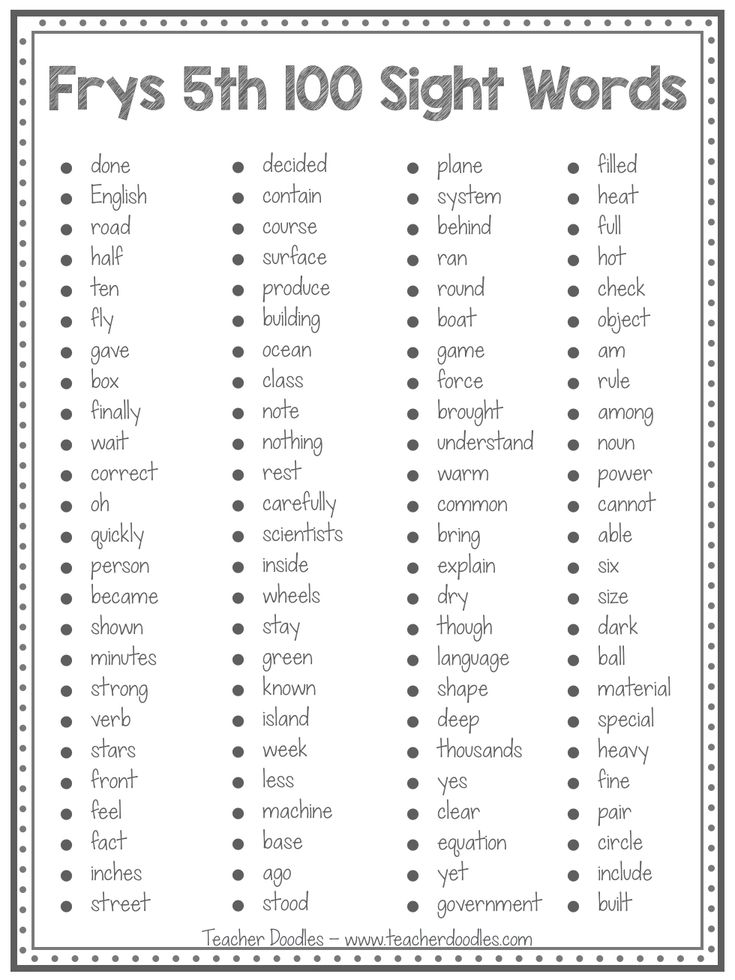
- Practice these sight words at least 2-3 times per week!
- For extended practice, try to make some sight words sentences together.
Download Worksheet
Sight Word Games
Kindergarten sight word games
- Sight Words Bingo:
- Create a sheet of sight words 25×25 squares
- Give kids pens or small markers
- Read aloud the sight words one at a time
- Kids should cross out the word when they hear it
- To win, kids need to make a horizontal, vertical or diagonal line of 5 words and read aloud the 5 words for more practice!
- Sight Words word search:
- Create a word search using an online generator
- Add 20+ sight words into the generator
- Children need to find each sight word (vertical, horizontal or diagonal) and circle them
- Repeat until all the words have been found
- For more practice, help children to make short sentences using the words
- Sight Words Beanbag Toss:
- Create 30+ separate sight words on some cards (use our flashcards above or write your own)
- Spread them out on the ground
- The child should toss the beanbag onto one of the words and then read the word aloud!
- Sight Words Memory:
- Write 10 word pairs onto 20 pieces of card or paper
- Shuffle the cards and place them face down on a table
- The child should turn over one of the cards, read it out loud and keep it face up
- Then the child should pick up a second card and read it out loud.
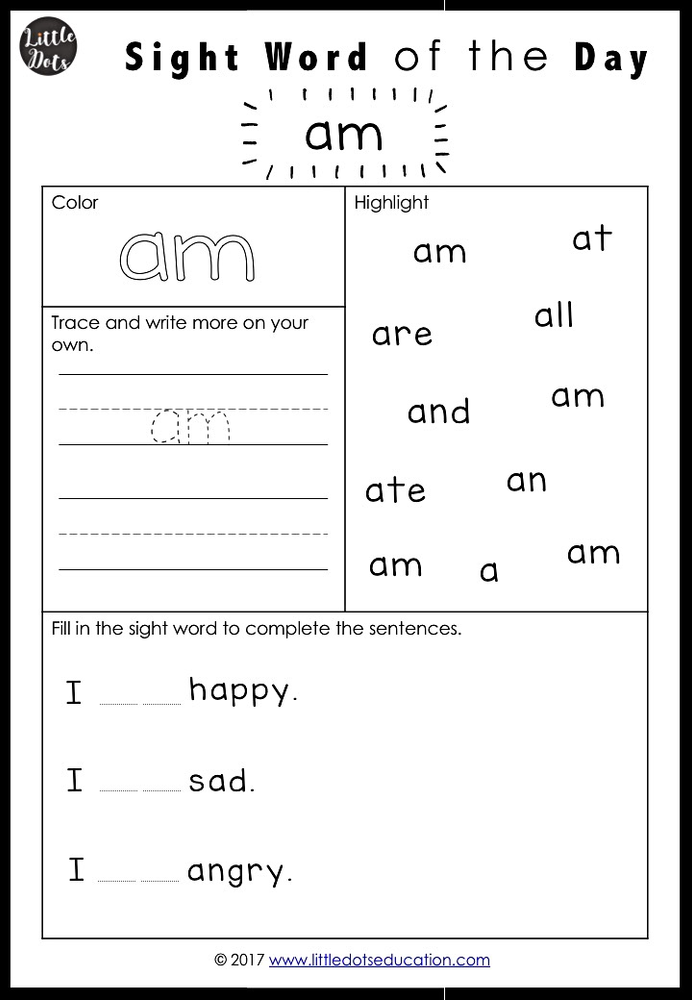 Do they match?
Do they match? - If they match, keep the cards face up. If they don’t match, turn the cards over again. Repeat from step 1
- Keep repeating the steps until all 10 pairs have been matched!
How should children learn Sight Words?
Sight words need to be memorised when children are young (3-6 years) to give them the best head start with reading. Early-learners should learn sight words before they actually learn to read so they’ll save time and have more confidence with reading.
Start with our sight words list and kindergarten sight words printables above, then go on to learn more sight words with the resources here.
Here are some sight word activities for kindergarten! Try these at home or in the classroom:
- Use our sight words video to help your kids sound out these common words. They can listen and repeat each word as a class or one-by-one.
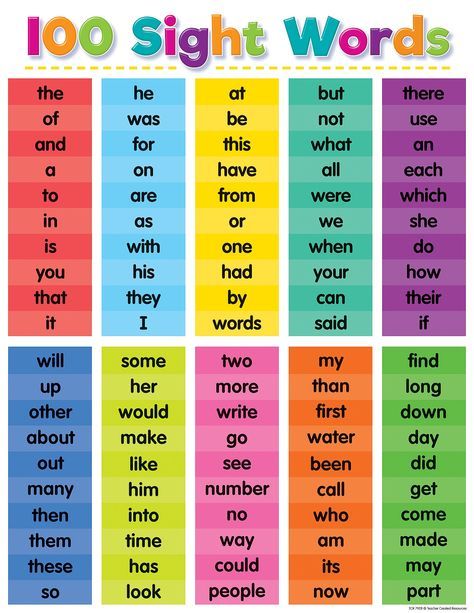
- Use printed flashcards to help with sight words drills in class or at home. You can help kids to make their own sight word sentences!
- Read with your child and point out or underline all the sight words in the book. Read the book again and see if your child recognises the words more easily this time.
- Use the flashcards to mix and match the words, and help children create full sentences
- Online games: find games which use a mix of audio, imagery and action to keep children motivated and curious to learn more.
- Images and gestures: for some children, the best way to learn sight words is to match them with pictures and gestures. This can be difficult for some of the more abstract words, but you can be creative with this.
Sight Words Workbook
Do you love teaching kids using free sight word worksheets? Then download our collection of worksheets in our Sight Words Workbook.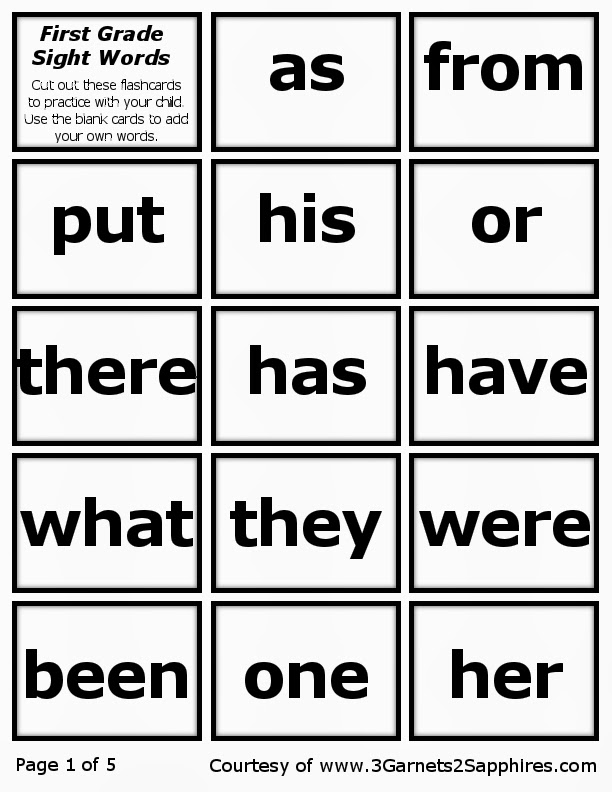 You’ll find all the kindergarten high-frequency words that we use in our sight words video above!
You’ll find all the kindergarten high-frequency words that we use in our sight words video above!
Kids can practice writing the letters of the alphabet and go onto tracing and writing sentences. When they’re done they can even color in the images!
Parents: use these as some fun writing and sight word practice after school.
Teachers: assign these as homework or use as an in-class activity that can be expanded on.
Download Worksheet
Red Cat Reading Makes Learning Sight Words Fun & Exciting for Your Child!
I started Red Cat Reading to help overworked and overstressed parents prepare their children for school success.
For children just starting to learn how to read, our Phonics Program is just what they need. Our phonics books introduce sight words and dolch words (common words) gradually, page-by-page, book-by-book.
Your child can easily follow the gradual introductions of sight words and understand the context with bright illustrations, read-aloud text and catchy songs.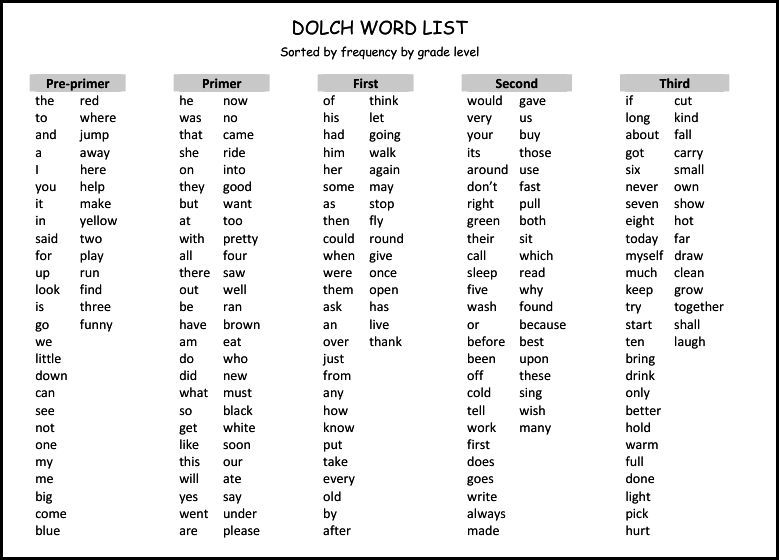
For example, all our Level 1 books only use the simplest sight words (the, and, a, in, it) so kids can get comfortable with these words before moving on to the next level.
Your child will have FUN learning sight words with our interactive phonics books, videos and songs! Each book comes with read-aloud audio and a video, so your child can reinforce their knowledge.
Access on any device, anytime! You can even download all our books and videos to read and watch offline.
Sample Our Interactive Phonics Book
Now that your kids have a lot of sight word practice under their belt, you can move on to phonics! Unlike sight words, phonics is the system of breaking down words into separate sounds to make them easier to sound out.
This can be daunting to start with, but we make it easy and fun for kids with our friendly characters, read aloud phonics books, read along phonics videos and creative worksheets!
Sample one of our Level 1 phonics books below:
The Four Steps to Learning Sight Words and Phonics
Your child will learn to read FAST with our 4-step method.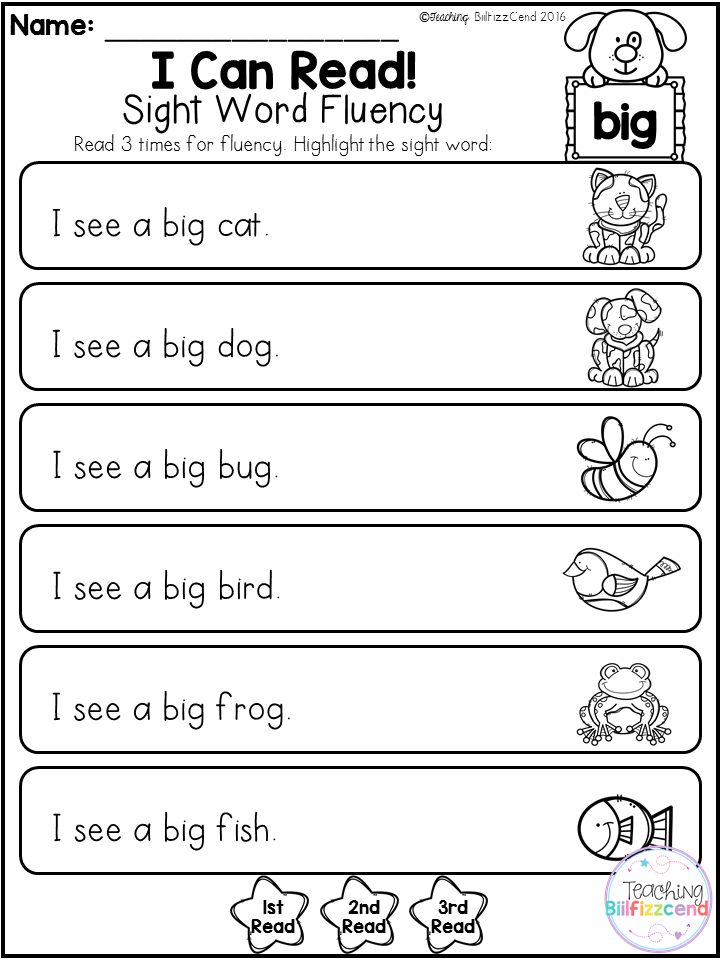 You already know that phonics is a proven method that brings letters and sounds together.
You already know that phonics is a proven method that brings letters and sounds together.
While learning phonics your child will also learn ALL the sight words they need, in 4 simple steps.
- Watch
Watch phonics videos to hear the sounds and see the letters! - Read
Read the Free eBook to review the words and sounds! - Practice
Speak out loud with the fast and easy practice pages! - Sing-along
Sing-along with catchy songs and master all the phonic sounds!
Recommended Free Books
Download our most popular books, FREE!
Kids will memorize sight words and learn the sounds of the English alphabet with our funny, read-aloud stories.
Dolch Sight Words List | Sight Words: Teach Your Child to Read
All the Dolch sight word lists, divided by grade, also available as printable PDFs.
More
Five techniques for teaching Dolch sight words.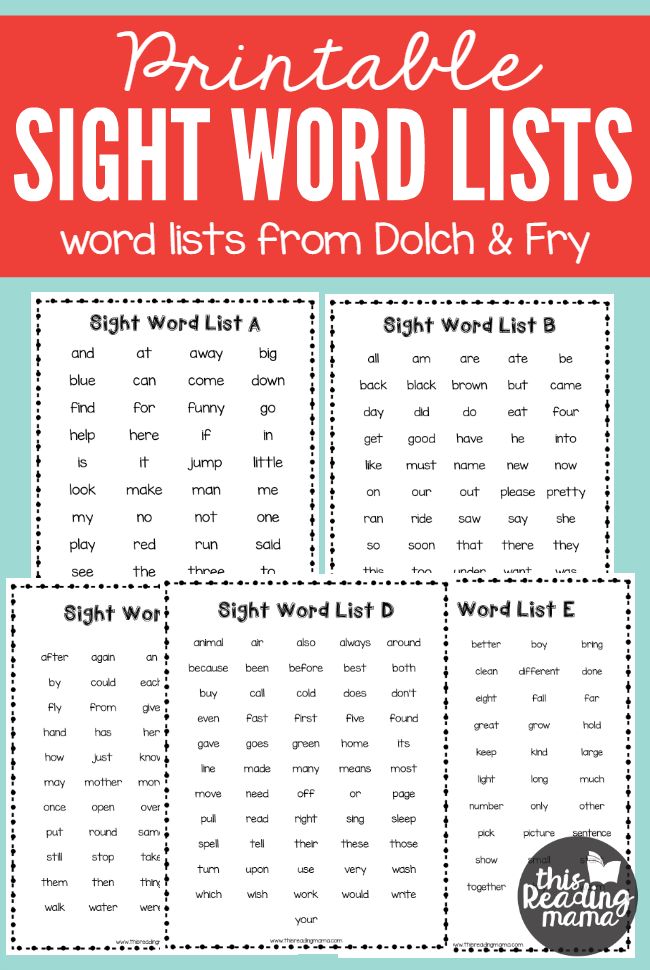 Learn proven ways to introduce words, reinforce learning, and correct mistakes.
Learn proven ways to introduce words, reinforce learning, and correct mistakes.
More
Print a set of Dolch sight word flash cards, or use our generator to create your own custom cards.
More
Print cards and game boards for 18 Dolch sight word games. A fun way to reinforce sight words lessons!
More
The Dolch Sight Words list is the most commonly used set of sight words. Educator Dr. Edward William Dolch developed the list in the 1930s-40s by studying the most frequently occurring words in children’s books of that era. The list contains 220 “service words” plus 95 high-frequency nouns. These words comprise 80% of the words you would find in a typical children’s book and 50% of the words found in writing for adults. Once a child knows this list of words, it makes reading much easier, because the child can then focus his or her attention on the remaining words.
The Dolch words are commonly divided into groups by grade level, ranging from pre-kindergarten to third grade, with a separate list of nouns.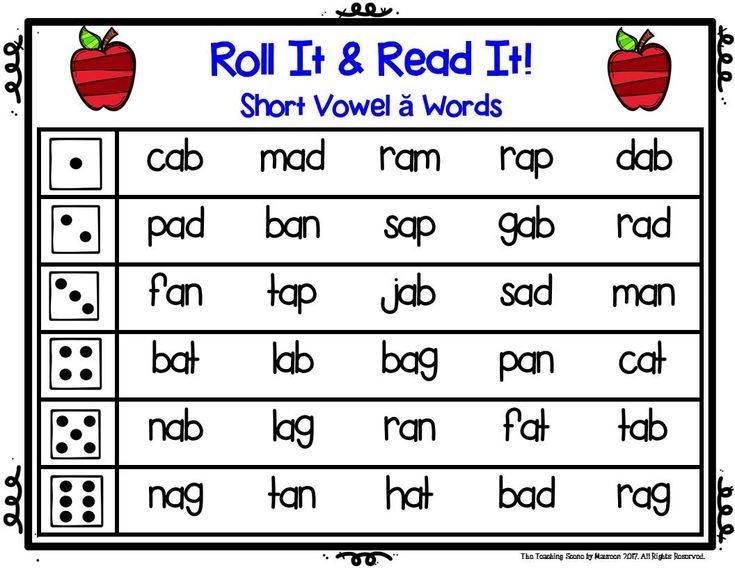 There are a total of 315 Dolch Sight Words.
There are a total of 315 Dolch Sight Words.
- Pre-K Dolch Sight Words
(40 words)a, and, away, big, blue, can, come, down, find, for, funny, go, help, here, I, in, is, it, jump, little, look, make, me, my, not, one, play, red, run, said, see, the, three, to, two, up, we, where, yellow, you
- Kindergarten Dolch Sight Words
(52 words)all, am, are, at, ate, be, black, brown, but, came, did, do, eat, four, get, good, have, he, into, like, must, new, no, now, on, our, out, please, pretty, ran, ride, saw, say, she, so, soon, that, there, they, this, too, under, want, was, well, went, what, white, who, will, with, yes
- First Grade Dolch Sight Words
(41 words)after, again, an, any, as, ask, by, could, every, fly, from, give, going, had, has, her, him, his, how, just, know, let, live, may, of, old, once, open, over, put, round, some, stop, take, thank, them, then, think, walk, were, when
- Second Grade Dolch Sight Words
(46 words)always, around, because, been, before, best, both, buy, call, cold, does, don’t, fast, first, five, found, gave, goes, green, its, made, many, off, or, pull, read, right, sing, sit, sleep, tell, their, these, those, upon, us, use, very, wash, which, why, wish, work, would, write, your
- Third Grade Dolch Sight Words
(41 words)about, better, bring, carry, clean, cut, done, draw, drink, eight, fall, far, full, got, grow, hold, hot, hurt, if, keep, kind, laugh, light, long, much, myself, never, only, own, pick, seven, shall, show, six, small, start, ten, today, together, try, warm
- Noun Dolch Sight Words
(95 words)apple, baby, back, ball, bear, bed, bell, bird, birthday, boat, box, boy, bread, brother, cake, car, cat, chair, chicken, children, Christmas, coat, corn, cow, day, dog, doll, door, duck, egg, eye, farm, farmer, father, feet, fire, fish, floor, flower, game, garden, girl, goodbye, grass, ground, hand, head, hill, home, horse, house, kitty, leg, letter, man, men, milk, money, morning, mother, name, nest, night, paper, party, picture, pig, rabbit, rain, ring, robin, Santa Claus, school, seed, sheep, shoe, sister, snow, song, squirrel, stick, street, sun, table, thing, time, top, toy, tree, watch, water, way, wind, window, wood
- All Dolch Sight Words by group
- All Dolch Sight Words in alphabetical order
Leave a Reply
How to develop a child's speech.
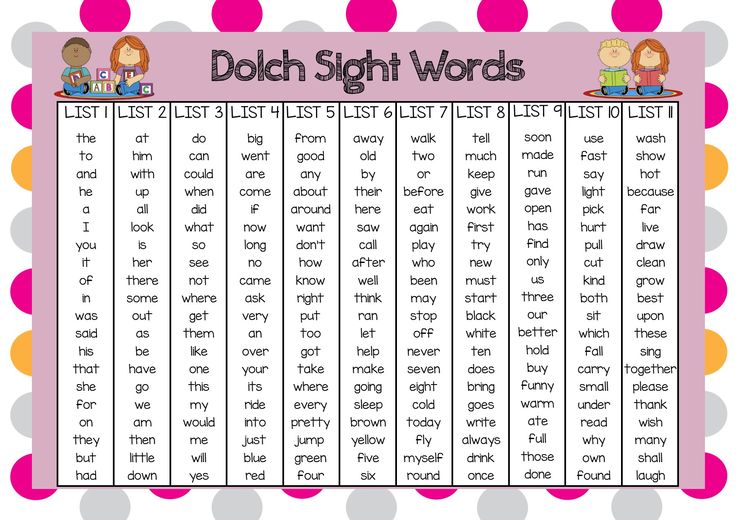 From birth to three years.
From birth to three years. April 24
How to develop a child's speech. From birth to three years.
Many parents believe that before their child utters the first words (and this usually happens at the age of about a year), it is useless to talk to him, because he, they say, still does not understand anything and still cannot learn anything. Nevertheless, “obscure sounds” are already the formation of speech, and it begins long before the first words appear. And already at this, the very first stage, the main function of speech is clearly visible - communication. nine0009 Teaching a child to speak consists mainly of how you speak to the child and how you explain to him with the help of words various actions and manifestations. The child gets acquainted with the things that you name him. And if you want to develop his speech, then you and your environment must verbalize, i.e. to translate into words, to explain in words the various actions that he performs.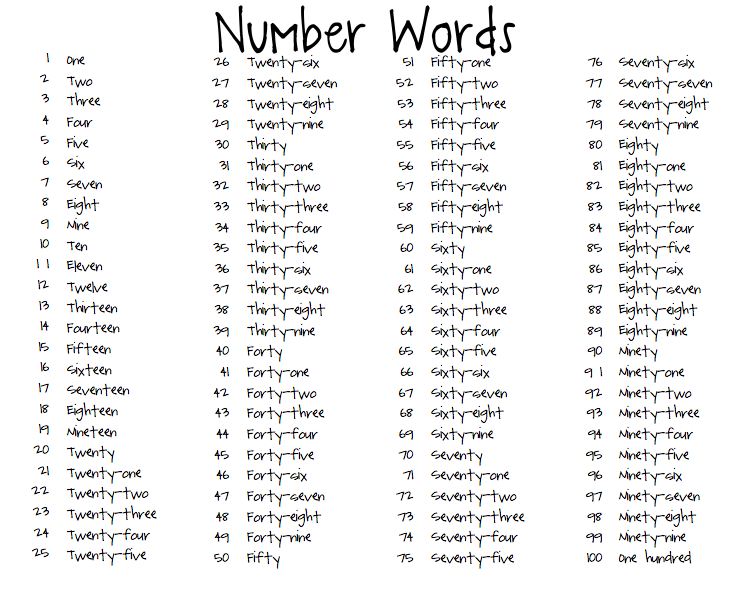
0 to 1 month
Hearing and vision of newborns work from the first days of life. If you drop something with a crash, the child will wrinkle and cry. Offer the baby interesting objects to look at, and by about the tenth day of life, he will follow the moving toy with his eyes. Above the crib, strengthen something that sounds, if the baby accidentally touches the toy with a pen, the sound will attract his attention. Leave the child's hands free, because for development it is very important to study your hands, to watch how they move. nine0003
Remember that a child receives all knowledge about the world around him by observing and communicating with you. Do not leave him alone for a long time and do not be a silent mother. Be sure to hug your baby, stroke the back, tummy, arms, legs, let him feel your love.
1 to 2 months
Try to communicate with your baby as much as possible. Speak affectionately, calmly, smile and try to interest the child in your speech.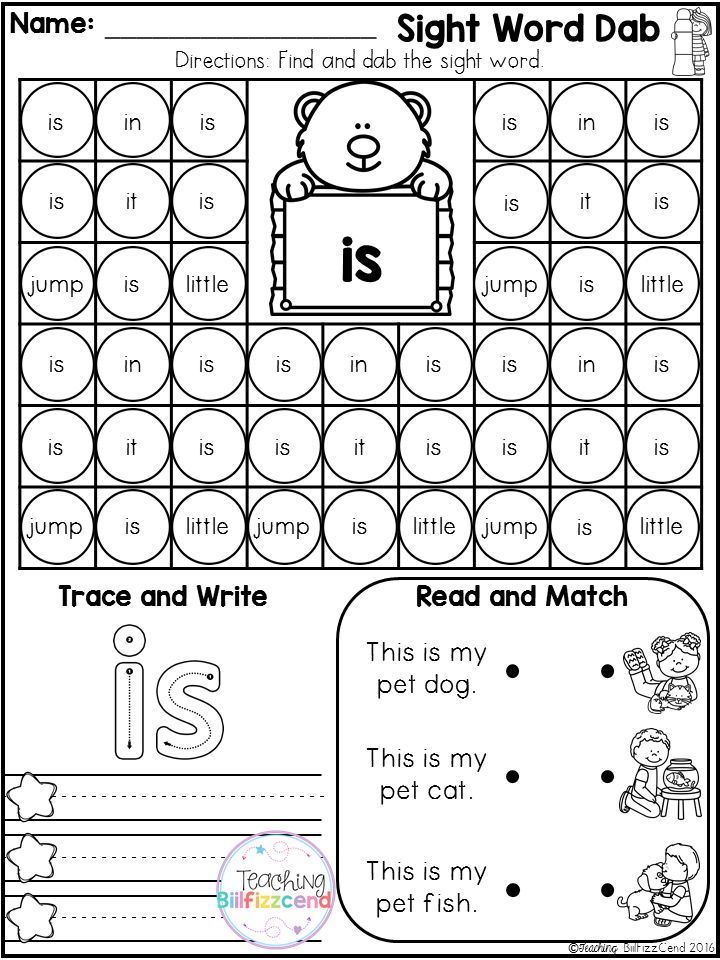 For him at this age, not so much words are important as intonation, facial expressions and gestures. Your baby will quickly figure out that you can get attention by shouting. And you, having determined by crying what is bothering the child, say what you are doing: “You are hungry, now we will eat”, “You are wet, now we will change your diaper”, etc. nine0003
For him at this age, not so much words are important as intonation, facial expressions and gestures. Your baby will quickly figure out that you can get attention by shouting. And you, having determined by crying what is bothering the child, say what you are doing: “You are hungry, now we will eat”, “You are wet, now we will change your diaper”, etc. nine0003
2 to 3 months
Now the toys that have fallen into the field of view of the child, he examines carefully. Try to catch what the child's eyes fell on and name this object to him. Give your baby as many opportunities as possible to hear your speech and try to repeat it. Coo, talk, repeat the sounds uttered by the little man, and be sure to smile at the same time. When you hear the child hoot, answer him, let him know that you hear, understand that you like the sounds the child makes. Take a rattle and rattle it, move it so that the child can see it. He will follow her with his eyes, and when you put her in his hands, he will grab her tightly and try to shake her.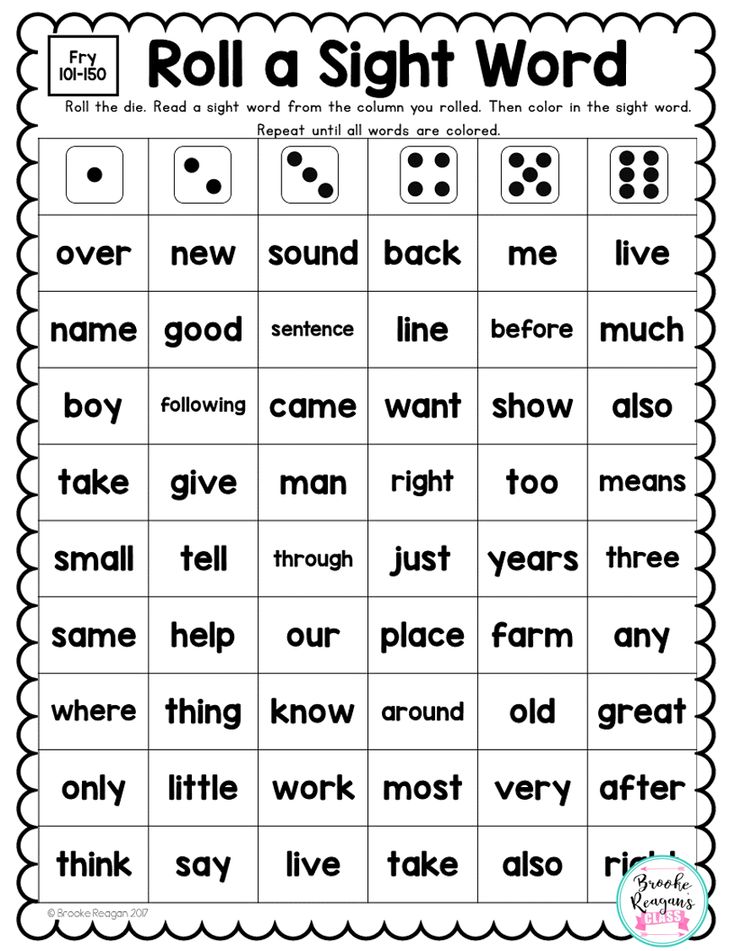 nine0003
nine0003
3 to 4 months
Now the baby is looking at you completely meaningfully (up to three to four months, the vision of newborns is considered underdeveloped). You smile at him, and he smiles back at you, he even already knows how to laugh loudly and cheerfully. When you put the baby on his tummy, he holds his head well and for a long time, which means that the view also increases. Lay out various objects in front of him, giving him the opportunity to carefully examine them, and do not forget to explain everything to the child. Name and pronounce everything that the child does and everything that you do. At this age, the baby becomes very active, rolls over on his own, carefully looks at moving toys and is well guided by the voice. When talking with him, move away and bring your face closer, deviate to the side, move away so that he does not see you, but only hears you. nine0003
When playing with your child, use no more than two toys at a time. First of all, let the baby see the toy, move it around him, touch the baby with it, hide it, let the child try to find it by sound.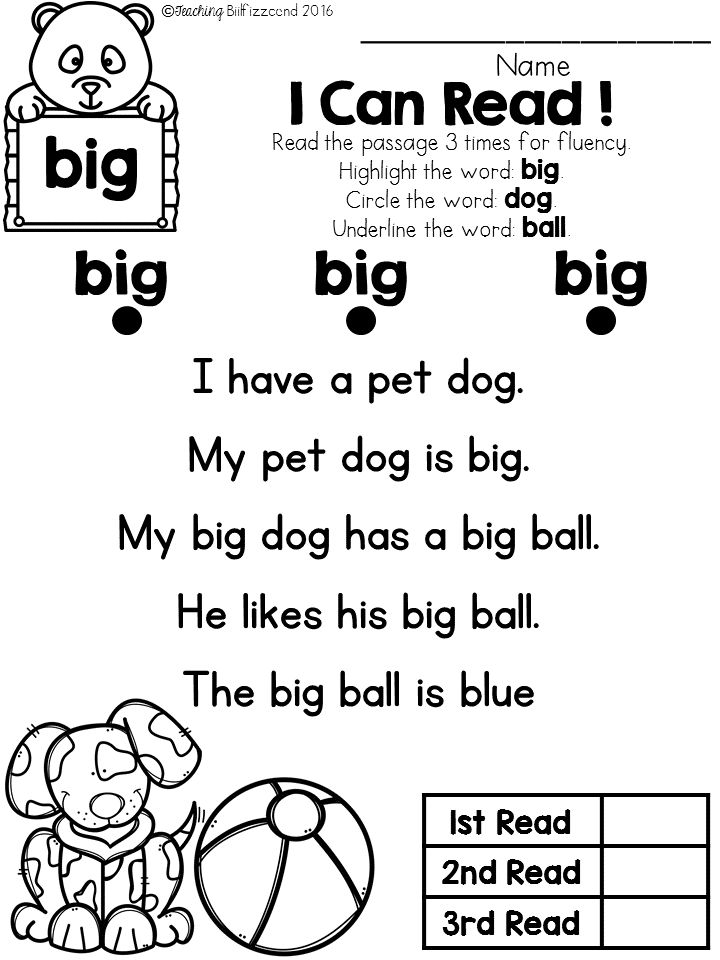 You can hang toys above the crib that are easy to grab, they should be bright, simple and safe.
You can hang toys above the crib that are easy to grab, they should be bright, simple and safe.
At three months it's time to start playing the "horned goat":
There is a horned goat,
For the little guys,
I gore, I gore, I gore. nine0009 The child will laugh merrily at the approach of a formidable two-fingered horned goat.
4 to 5 months
At four months, the child begins to walk. When you hear a hum, be sure to answer it.
Now it's time for some simple language exercises. Sitting in front of the baby, stick out your tongue, puff out your cheeks, lick your lips and sing different sounds, let him imitate you. When the child squeezes the toy in his fist, try to pretend to take it away, saying: "That's how tight you hold the toy, well done! Now give it to me," etc. nine0003
Place toys where the child can reach them. At first, you can help him by slightly moving the toy, while encouraging the baby to reach for it himself.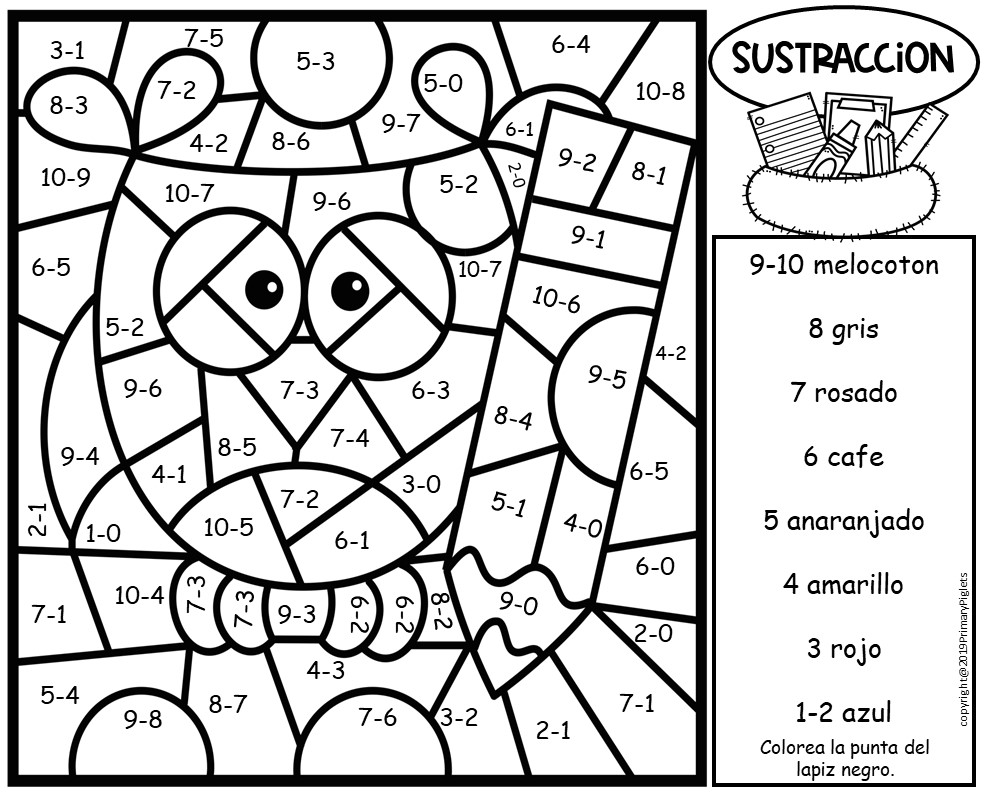 In the future, try to get the child to get an interesting object on his own. Your baby will try to put everything in his mouth, do not interfere with this, because this is an important stage in the study of objects. Just make sure that there are no small parts that can be swallowed and that all items are clean.
In the future, try to get the child to get an interesting object on his own. Your baby will try to put everything in his mouth, do not interfere with this, because this is an important stage in the study of objects. Just make sure that there are no small parts that can be swallowed and that all items are clean.
Talk to your baby more and more often, saying everything you and your baby do. At the same time, try to diversify the intonation with which you speak.
5 to 6 months
Now your baby can listen to melodious music with pleasure. Let the music be heard now closer, then farther, sounds now to the right, then to the left. A five-month-old baby is very interested in musical toys. He carefully feels them, shakes them and examines them with interest, bringing them to his face. Offer him sounding toys of varying degrees of volume. Imperceptibly move away the toy that interests the baby, stimulating the child to crawl after it. nine0009 Do not forget to discuss with the baby everything that is happening around.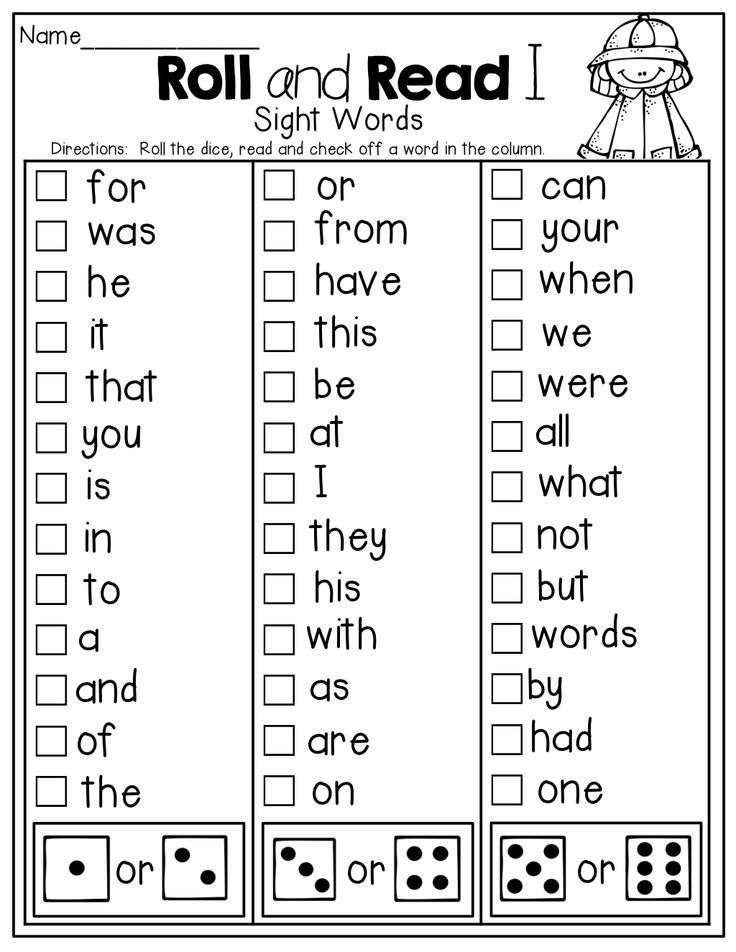 The child does not yet understand the words, but the tone in which they are pronounced catches excellently. Therefore, talk to him affectionately and calmly, smile at him more often.
The child does not yet understand the words, but the tone in which they are pronounced catches excellently. Therefore, talk to him affectionately and calmly, smile at him more often.
Also now is the time to start playing hide and seek. You cover your face with your palms and ask the child: “Where am I?”, And opening your face with the words “Ku-ku” (or “Here I am!”), While smiling broadly. You can diversify the game by hiding behind different pieces of furniture, and appearing from there, saying "And here I am." nine0003
6 to 7 months
At six months, the child begins to repeat individual syllables, having heard this, repeat after him and finish the word, for example, "ma-ma, ba-ba." Talk more with the baby, let him imitate you as much as possible, listen to your speech. It is imitation that develops the mobility of the lips and tongue, and the child develops the skill to respond to your words.
A six-month-old child already plays well with toys, and when a toy falls, he begins to look for it, to reach for it.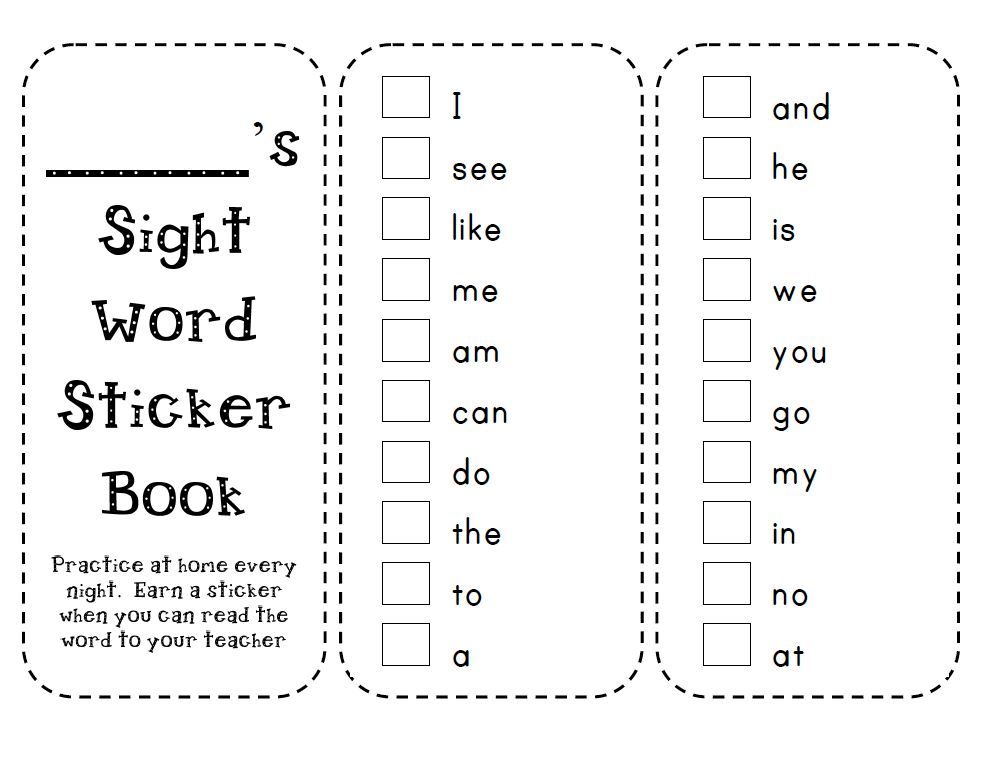 Help the baby while saying: "Where is our dog? The dog has fallen, now we will pick it up. Here is the dog, take the dog." Now the child is attracted to toys where something changes, moves or is taken out. nine0009 Leave the baby alone for a while, let him try to occupy himself. This will teach him to focus and begin to teach him to be independent.
Help the baby while saying: "Where is our dog? The dog has fallen, now we will pick it up. Here is the dog, take the dog." Now the child is attracted to toys where something changes, moves or is taken out. nine0009 Leave the baby alone for a while, let him try to occupy himself. This will teach him to focus and begin to teach him to be independent.
7 to 8 months
Your child has become more active, he no longer drops toys, but tries to throw them. Why swing a rattle, it is better to knock it with all your might on something. Try to speak slowly with the child, use one-two-syllable words, because the baby can already repeat some of them. Showing the child a toy, call it: "Where is our dog? Here is the dog. How does the dog bark? Av-av" Then put the toy aside and ask him where the dog is, he will turn his head in the direction where you put the toy. Voice for him various animals, both toy and real. nine0009 Give the child lids from pots, empty boxes, jars, show him the sounds that occur when they are tapped against each other. Just do not forget about the safety of the baby, do not give him breakable objects and those that can be swallowed.
Just do not forget about the safety of the baby, do not give him breakable objects and those that can be swallowed.
At this age, you can try to play patty.
8 to 9 months
If you ask your eight-month-old baby to sit, stand, give a pen, he will do it all with pleasure. Therefore, ask him to repeat after you a variety of movements. Continue to play the hidden toy, cover the toy rabbit with a diaper and ask where it is. The baby will immediately tear off the diaper from the toy, and you will definitely praise him for it. nine0009 Now you will need a soft toy, such as a dog. Considering a toy with your child, say: "This is a dog. Here are the ears of the dog. Where are the ears of the dog? But the eyes. Where are the eyes of the dog?" Then you can show how the dog walks, barks, growls, eats.
For the development of breathing, use turntables, pipes, pieces of paper that need to be blown away.
Name even objects well-known to the baby, explain them in different situations, this will help him remember and use these words faster and easier.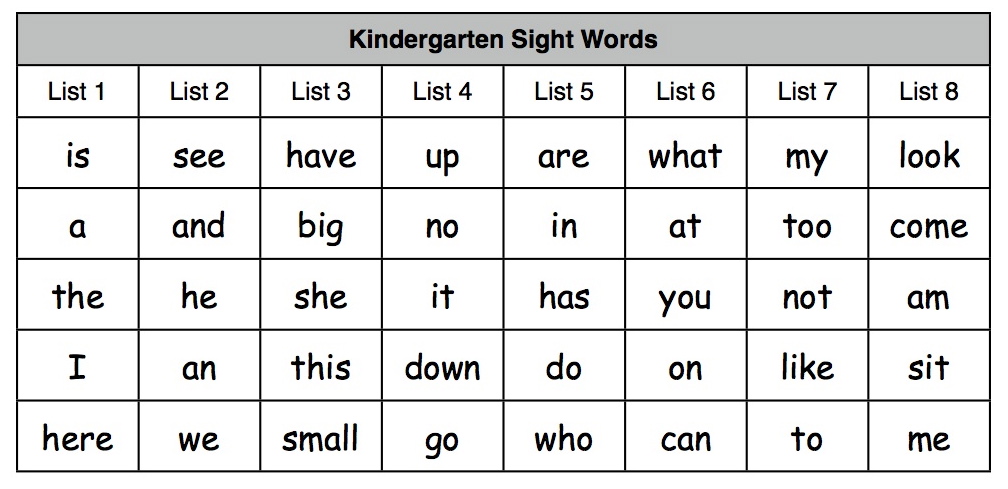 nine0003
nine0003
9 to 10 months
A nine-month-old baby can already be offered to put nesting dolls into each other, string the rings of a small pyramid. Try to ask him "Give me a cube" - and he will give it to you. "Drop it!" - tell him, and he will throw the dice.
Constantly talk to the baby, explain everything to him, but do not overload with complex information. When talking with your child, encourage him to repeat different sounds, syllables, words. When playing with a doll, we show her eyes with a finger and call them, then our own, then the eyes of a child. Next, we continue to look for the eyes of a bear, cat, grandmother, dad. Thus, we study all parts of the face. Place a mirror in front of the baby, let him examine himself, touch his nose, eyes and ears, looking at himself in the mirror. Be sure to explain everything to the child: "And who is this in our mirror? And this is Sasha. Here are Sasha's eyes, but Sasha's ears," etc. nine0009 You can try to paint with finger paints, maybe your fidget will like it.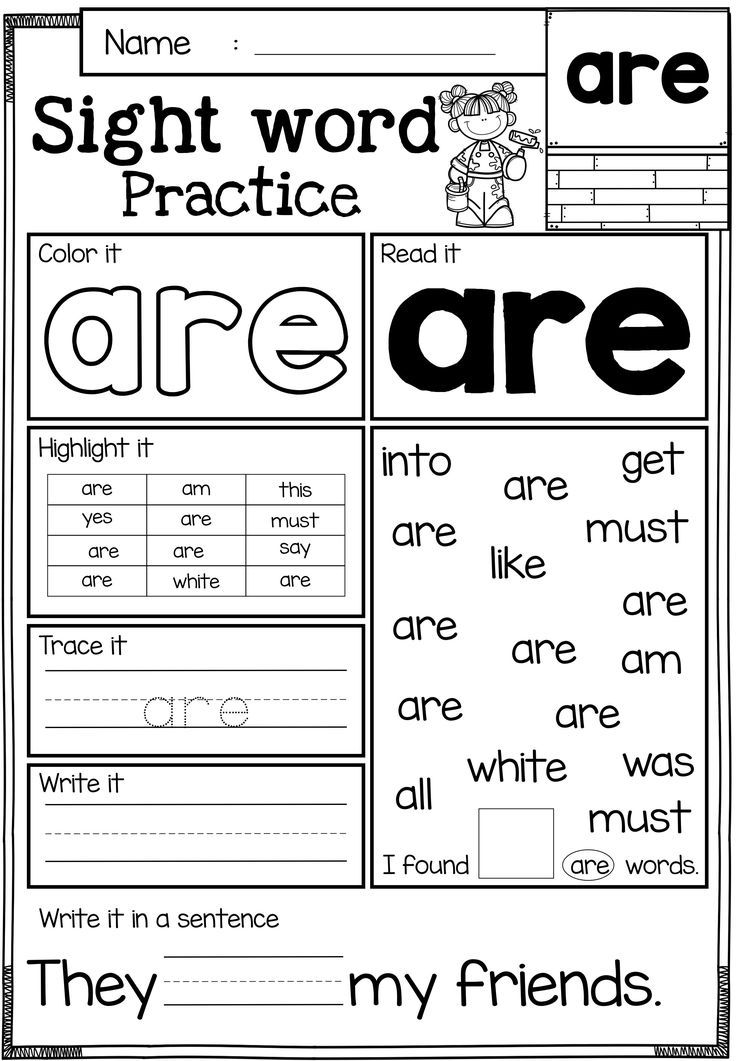
10 to 11 months
The baby can begin to pronounce words at this age. Don't worry if this doesn't happen, because all babies are different and your baby can say his first word at 11 or 12 months. This is also normal. Your child already understands a lot and it's time to introduce the word "not", but only in relation to what is really NOT. nine0009 Now your baby willingly comes into contact with you. He pretends to be hiding, playing peek-a-boo, pretending to be afraid of the "horned goat". He knows how to open boxes, roll cars, collects a small pyramid. You still label your actions and your child's actions with words. It is necessary that the baby gradually learns: each item is somehow called. Try the same game, you scatter several different toys, and offer your child to collect them in a box.
It's time to start playing White Sided Magpie and other finger games - it develops fine motor skills very well and stimulates the development of speech. : nine0009 White-sided magpie,
Cooked porridge,
She fed the kids.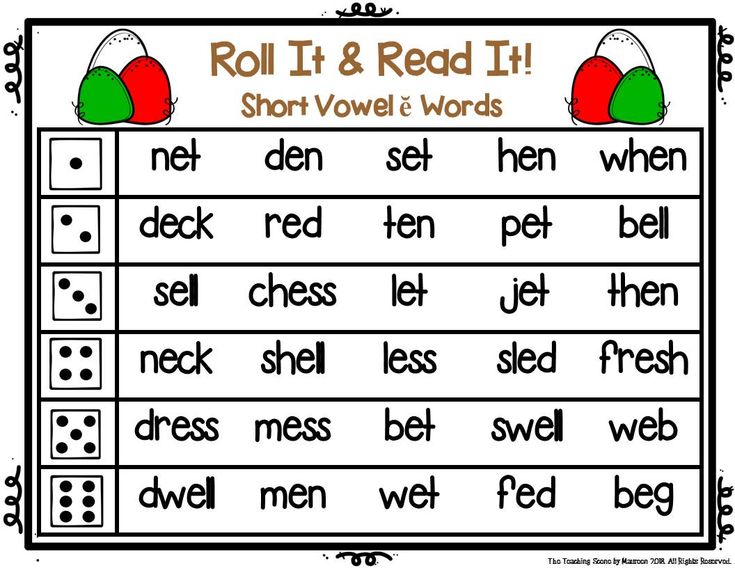
Gave it to,
Gave it to,
Gave it to,
Gave it to,
But she didn't give it!
He didn't saw wood,
Didn't carry water,
Didn't cook porridge.
When reciting a rhyme, we bend in turn all the fingers of the baby, starting with the little finger, except for the big one.
The time has come for drawing with pencils. Give your child a pencil, a sheet of paper, and let them draw scribbles for their own pleasure. Instead of pencils, wax crayons can be used. nine0003
11 to 12 months
Your baby continues to get acquainted with the outside world. All adults in the house should use every opportunity to talk with the baby, to teach him something.
Play "magic bag" with your child. To do this, collect a few animal toys in a small bag (you can use a small pillowcase). Show the dog's head from the bag and ask the child who it is. After hearing the answer, ask how the dog barks, what he eats, where he lives, how he walks, etc.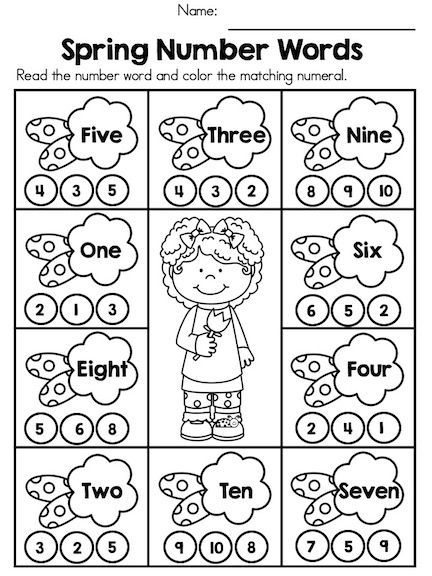 If the child does not know this, then answer yourself, and let him listen. nine0009 Start playing story games: we put the doll in a crib, we drive the car into the garage, we feed the bear with porridge. Constantly show and explain to the child your actions, but do it not in a strict tone, but very kindly. Sit on the sofa with the baby, take a book and look at the pictures together, naming them, while letting him turn the pages himself.
If the child does not know this, then answer yourself, and let him listen. nine0009 Start playing story games: we put the doll in a crib, we drive the car into the garage, we feed the bear with porridge. Constantly show and explain to the child your actions, but do it not in a strict tone, but very kindly. Sit on the sofa with the baby, take a book and look at the pictures together, naming them, while letting him turn the pages himself.
Do not forget about music, right now its perception is laid. Quiet, melodic music is useful for a child's nervous system, but always be guided by the preferences of your baby. nine0003
Communicate more with your child, name everything you see around you, the actions of people and actions with objects during a walk. If the baby goes to kindergarten or spends the weekend away from home, discuss how his day went, your day, what plans you have for tomorrow. In addition, you can use special exercises and games.
For children under 2 years:
• "Repeat after me".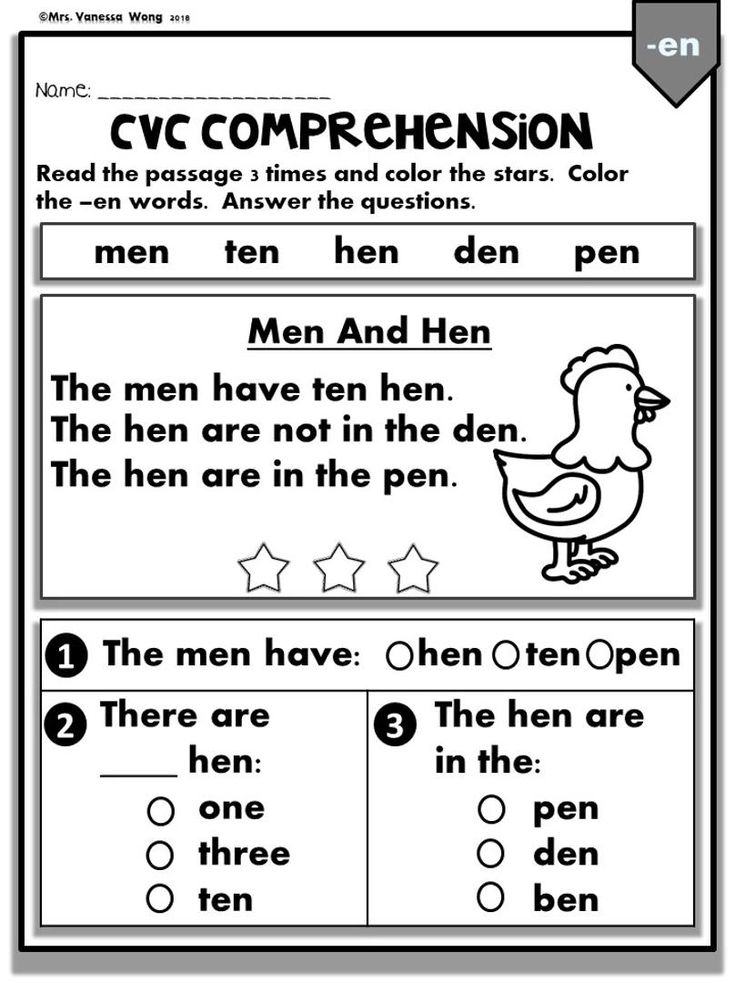 Start doing actions with some toy, for example, with a bear. Say actions: “Look, I feed the bear. Like this. Now you feed the bear… What are you doing?” - “I feed the bear”, etc. nine0009 • "Play the pipe." Buy a pipe (or whistle) for your baby, let him learn how to blow into it, this will help develop exhalation strength. Soap bubbles can be used to form a long exhalation.
Start doing actions with some toy, for example, with a bear. Say actions: “Look, I feed the bear. Like this. Now you feed the bear… What are you doing?” - “I feed the bear”, etc. nine0009 • "Play the pipe." Buy a pipe (or whistle) for your baby, let him learn how to blow into it, this will help develop exhalation strength. Soap bubbles can be used to form a long exhalation.
For children under 3 years:
• "Choose from two". Pick up pictures depicting objects whose names differed in one sound, for example, “mouse-bear”, “house-smoke”, “nose-knife”, ask the child to show where one object is and where the other is. nine0009 • Joint retelling of familiar fairy tales with a repetitive plot: "Turnip", "Teremok", "Zayushkina's hut", etc.
lower jaw.
The main stages in the development of a child's speech.
First stage - cry
After birth, the baby sometimes feels some kind of discomfort - and screams (still at the level of an unconditioned reflex).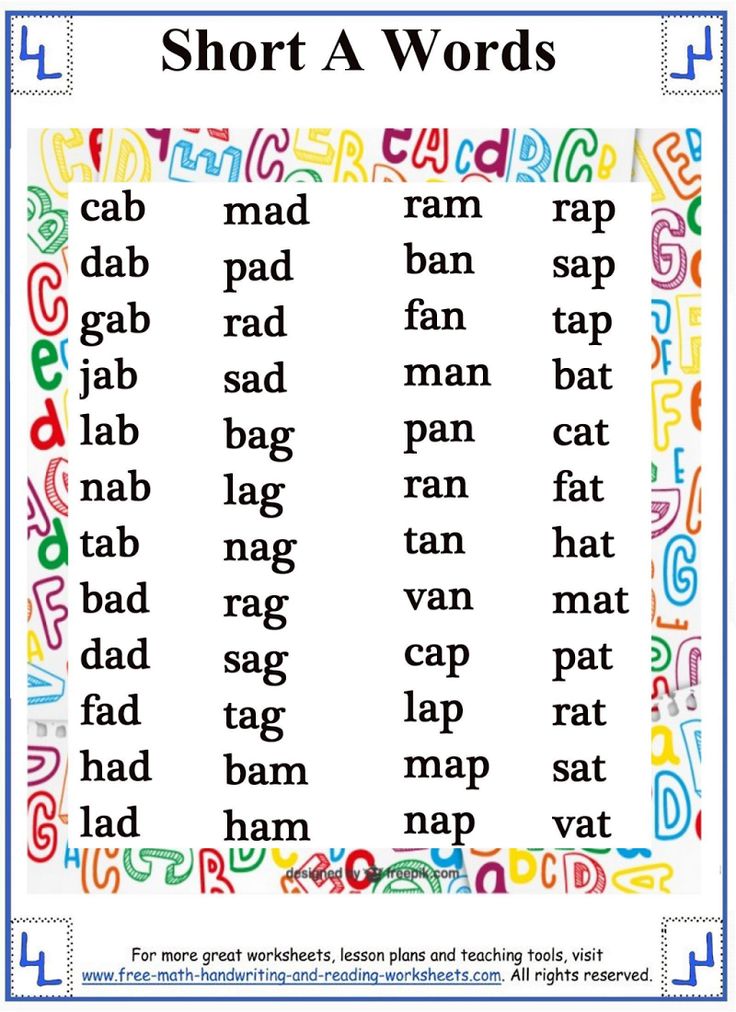 When the needs of the baby are satisfied, a certain stereotype of behavior is formed in the child, and the cry becomes a signal of discomfort (wet, hungry or sleepy, sad, lonely). Gradually, with the help of a cry, the baby learns not only to attract attention to himself, but also to communicate. Remember, when your baby calls you, he first screams, and then waits for an answer: will mom come or won't she? Then he screams louder and waits again. Thus, the child gives his "interlocutor" the opportunity to join in his first dialogue. By about the third month, the intonation of cries also changes. An attentive mother can distinguish a lot of different cries of her child - it can be grumbling, whining, discontent, a sharp screech of pain, angry "exclamations". nine0003
When the needs of the baby are satisfied, a certain stereotype of behavior is formed in the child, and the cry becomes a signal of discomfort (wet, hungry or sleepy, sad, lonely). Gradually, with the help of a cry, the baby learns not only to attract attention to himself, but also to communicate. Remember, when your baby calls you, he first screams, and then waits for an answer: will mom come or won't she? Then he screams louder and waits again. Thus, the child gives his "interlocutor" the opportunity to join in his first dialogue. By about the third month, the intonation of cries also changes. An attentive mother can distinguish a lot of different cries of her child - it can be grumbling, whining, discontent, a sharp screech of pain, angry "exclamations". nine0003
Second stage - cooing
Usually these are various variations of sounds: a-a-gu, gee-s, ge-e, a-gee, etc. It is curious that babies of different nations walk the same way. In cooing, as in screaming, the moment of interaction is also important.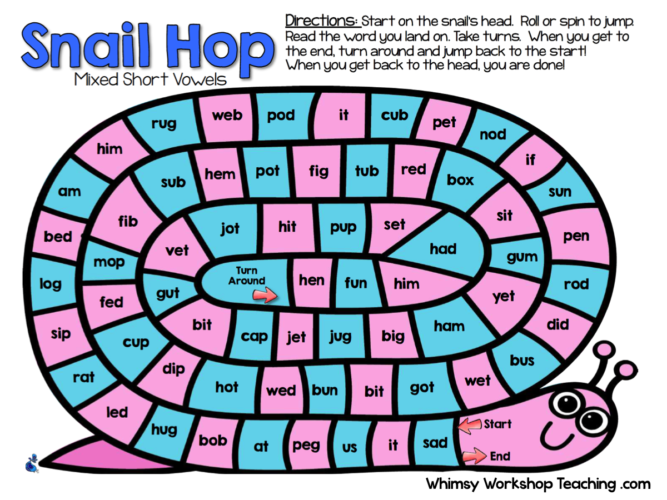 The kid can walk and be left alone in the room, but with your appearance, the walk becomes more active. If you look closely at the child, you will see that he does not just make sounds. The kid at this time looks into your eyes, waits for your answer, he is already trying to build a full-fledged speech dialogue. And this dialogue must be supported! After all, while cooing, a child learns to coordinate both voice and gaze, which will later become the basis of any social contact. Answer the baby in his language, support and encourage his first "performances" in every possible way. Gradually, the child begins to pronounce long chains of sounds, as if imitating himself. And he will try to imitate you too. A baby at this age is trying to feel sounds and words for the first time. So far, it is not so much the meaning of words that is important for him, but different intonations, the rhythm of speech, the articulation of various sounds. nine0003
The kid can walk and be left alone in the room, but with your appearance, the walk becomes more active. If you look closely at the child, you will see that he does not just make sounds. The kid at this time looks into your eyes, waits for your answer, he is already trying to build a full-fledged speech dialogue. And this dialogue must be supported! After all, while cooing, a child learns to coordinate both voice and gaze, which will later become the basis of any social contact. Answer the baby in his language, support and encourage his first "performances" in every possible way. Gradually, the child begins to pronounce long chains of sounds, as if imitating himself. And he will try to imitate you too. A baby at this age is trying to feel sounds and words for the first time. So far, it is not so much the meaning of words that is important for him, but different intonations, the rhythm of speech, the articulation of various sounds. nine0003
Third stage - babbling
As the child develops, the cooing subsides, and babble comes to replace it.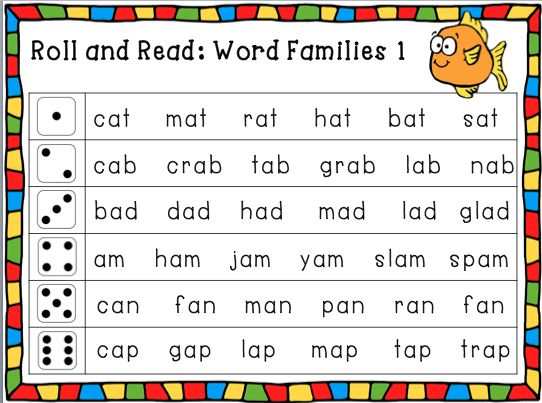 This usually happens at the age of 6-7 months. Your baby begins to pronounce the individual syllables "ba", "ma", "ta", etc. - at first once, very rarely and as if by accident. Gradually, syllables are heard more and more often in his speech, they are repeated in the form of chains: ba-ba-ba-ba, ma-ma-ma-ma.
This usually happens at the age of 6-7 months. Your baby begins to pronounce the individual syllables "ba", "ma", "ta", etc. - at first once, very rarely and as if by accident. Gradually, syllables are heard more and more often in his speech, they are repeated in the form of chains: ba-ba-ba-ba, ma-ma-ma-ma.
Cooing and babbling are very important for the further development of speech. If your baby does not have them, try to activate them. nine0006
Holding the child in your arms so that he can clearly see the movement of your lips, repeat various syllables, sing rhythmic songs, read simple rhymes, and most importantly, talk to the baby as much as possible. He needs to hear adult speech. However, these should not be just conversations that adults have with each other, but a speech addressed specifically to him, to the child.
Stage four - first words
At this stage (usually it starts at 11-12 months) it is very important to help the child in his word creation.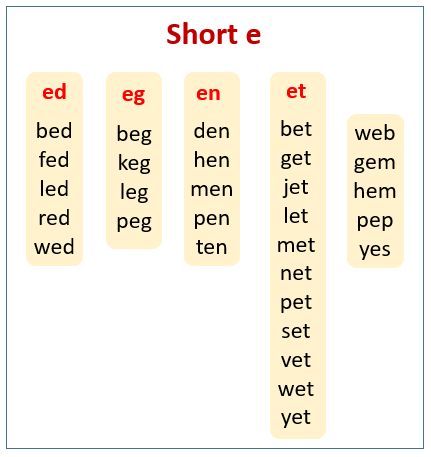 Right now, the baby begins to associate words with environmental objects, words are filled with meaning for him. Now you can expand your repertoire of reading aloud. Try to call things by their proper names (not "Let's put this thing over there", but "Let's put the doll in the crib"). Do not forget to comment on your actions when you are with your baby. nine0003
Right now, the baby begins to associate words with environmental objects, words are filled with meaning for him. Now you can expand your repertoire of reading aloud. Try to call things by their proper names (not "Let's put this thing over there", but "Let's put the doll in the crib"). Do not forget to comment on your actions when you are with your baby. nine0003
Speech therapists advise to train the muscles of the lips and cheeks. To do this, stock up on various whistles, harmonicas, a toy flute and teach your baby to blow into these instruments. It is also useful to blow soap bubbles (however, you will have to constantly monitor so that the child does not drink the soapy solution). Another fun way to exercise your lip and cheek muscles is to make faces with your baby. Do not hesitate to make funny faces, expressively portray a variety of emotions (surprise, fear, joy), stick out your tongue, lick your lips. nine0003
The first words will be onomatopoeic: bang, boom, woof-woof, beebika.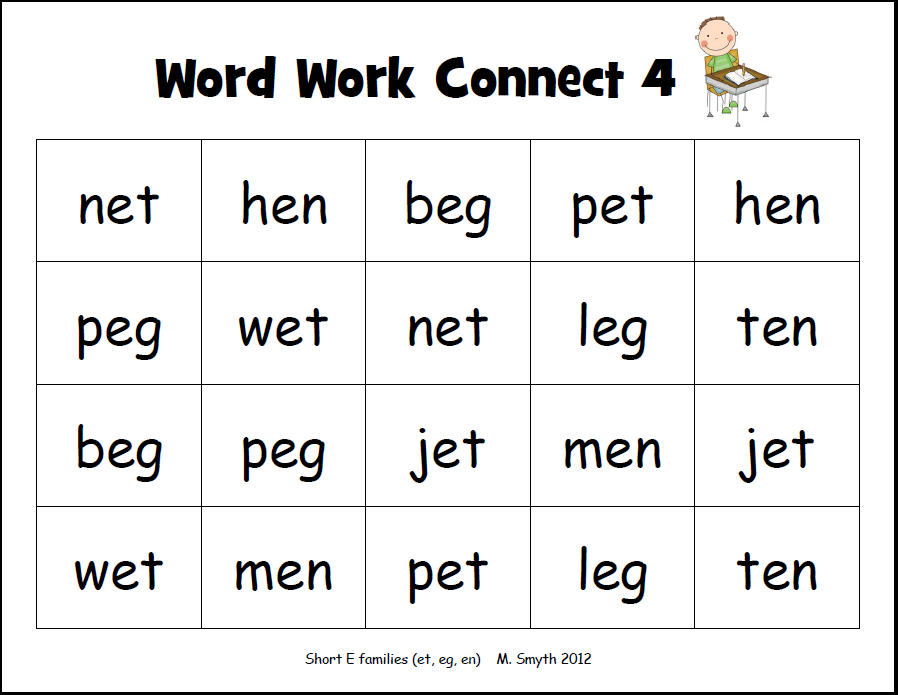 Do not be afraid of these infantile, "lyal" (as my eldest daughter says) words. This is a very important moment in the development of speech. It is still difficult for a child to associate an abstract word (for example, dog, car, fell) with a specific object or action. If the word is at least somewhat similar to an object or action, such a connection is much easier to establish (for example, a dog says “av-av”, a car says “beep”, and a falling object makes “boom”). nine0003
Do not be afraid of these infantile, "lyal" (as my eldest daughter says) words. This is a very important moment in the development of speech. It is still difficult for a child to associate an abstract word (for example, dog, car, fell) with a specific object or action. If the word is at least somewhat similar to an object or action, such a connection is much easier to establish (for example, a dog says “av-av”, a car says “beep”, and a falling object makes “boom”). nine0003
When your baby tries to repeat some words after you, you can read poems “by roles” . For example, the famous poem about geese:
Adult: Geese, geese!
Child: Ha-ha-ha!
Adult: Do you want to eat?
Child: Yes, yes, yes!
Adult: Bread and butter?
Child: No, no, no.
Adult: What about you?
Child: Candy!
Adult: Well, fly as you like, just take care of your wings. They flew and flew (the child waves his arms), sat on his head. nine0003
When you read familiar poems or sing songs to your child, pause at the end of the line so that the child can complete the line.
Words and gestures
For young children, non-verbal communication is even more important because at some stage it is the only way for them to "talk" to you. It is very useful to reinforce words with certain gestures. First, the baby learns to reproduce the gesture, and then he repeats the word. At the same time, try to use the words “give”, “bring”, “take” more often, ask the child to fulfill simple requests. nine0003
Don't be shy about childish gestures, such as pointing fingers, but on the contrary, help your child learn them. Gestures can also carry emotional overtones. With gestures, the child can accompany your reading of poetry or singing. For example, like this:
I play the violin - tili-li, tili-li, (the kid holds an imaginary violin in his hands and “plays” on it),
Bunnies are dancing on the lawn - tili-li yes tili-li (“dancing”, twirling with raised arms).
And then on the drum - bam-bam-bam, bam-bam-bam (the child taps his palms on some surface),
In fear, the bunnies ran into the bushes! (hides face in hands).
Or like this:
A clumsy bear walks through the forest (the child sways with his legs wide apart),
He collects cones, sings songs (bends over an imaginary cone).
Suddenly a bump fell right on the bear's forehead (slaps his forehead).
The bear got angry, and with his foot - the top (the baby stamps his foot).
Or like this:
Zainka, dance, gray, dance. Dance like this, dance like this, dance like this (the child “dances”). nine0009 Zainka, stomp your foot, gray, stomp your foot, stomp your foot like this, stomp your foot like this, stomp your foot like this (stomps one or the other foot).
Zainka, clap your hands, little gray one, clap your hands, clap your hands like this, clap your hands like this, clap your hands like this (the baby claps his hands).
Hare, bow, gray, bow, bow like this, bow like that, bow like that (bows).
You can also beat "Toys" by Agnia Barto. The kid shows how the bull sways on a shaky board, how the girl Tanya cries bitterly, pities and strokes the poor bear with its paw torn off.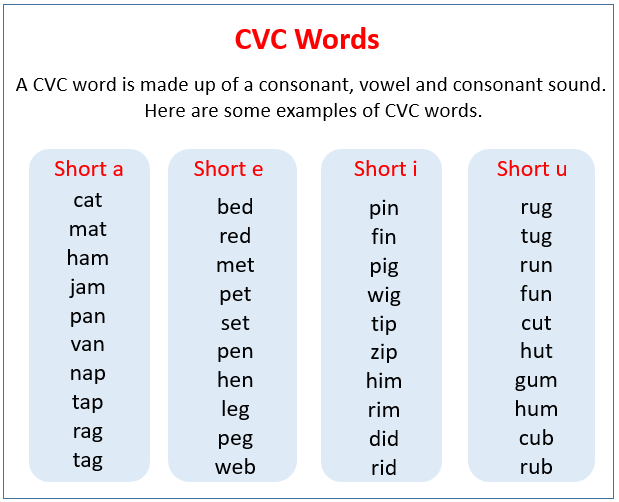 nine0003
nine0003
Needless to say once again that the famous finger games simultaneously train the child's "talking gestures" and fine motor skills, which are also very useful for the development of speech. These games will help your toddler build vocabulary and match words to very specific actions or objects.
It is important to note that when parents understand the child too well without words, there is simply no need for him to convey any message to them. Perhaps here sometimes you have to be a little tricky, pretending that you do not understand what the child wants from you until he tries to tell you about it. nine0003
If a child communicates with you using babbling, gestures, his first words are about to appear. Don't worry if it happens a little later than you think it should. Do not compare your baby with the girl next door, the son of a friend and the niece of your colleague! The development of each individual child may have its own individual characteristics. However, there are some important milestones in your baby's speech development that you should pay special attention to:
Cry , which is initially a reaction to discomfort (hunger). Too quiet and maximally comfortable child is not so good as it seems. nine0009 Revitalization complex (smile, animation) when an adult appears (appears at 1-3 months).
Too quiet and maximally comfortable child is not so good as it seems. nine0009 Revitalization complex (smile, animation) when an adult appears (appears at 1-3 months).
Cooing. How and when does your baby walk? Does he look into your eyes at the same time, does he “sing” his baby songs while in your arms, do you feel his need for communication?
Babble (appears at 6-10 months), the child clearly attracts attention with the help of some sounds.
Pointing gesture (appears at 8-13 months). This is a very important moment in the development of the child, preceding the appearance of the first words, because before naming an object, the baby needs to learn how to show it. nine0009 Emergence of basic social gestures eg goodbye (9-12 months).
Understanding and fulfilling simple requests , the appearance of elementary story games (feed the doll). The child usually passes this stage at the age of about one year.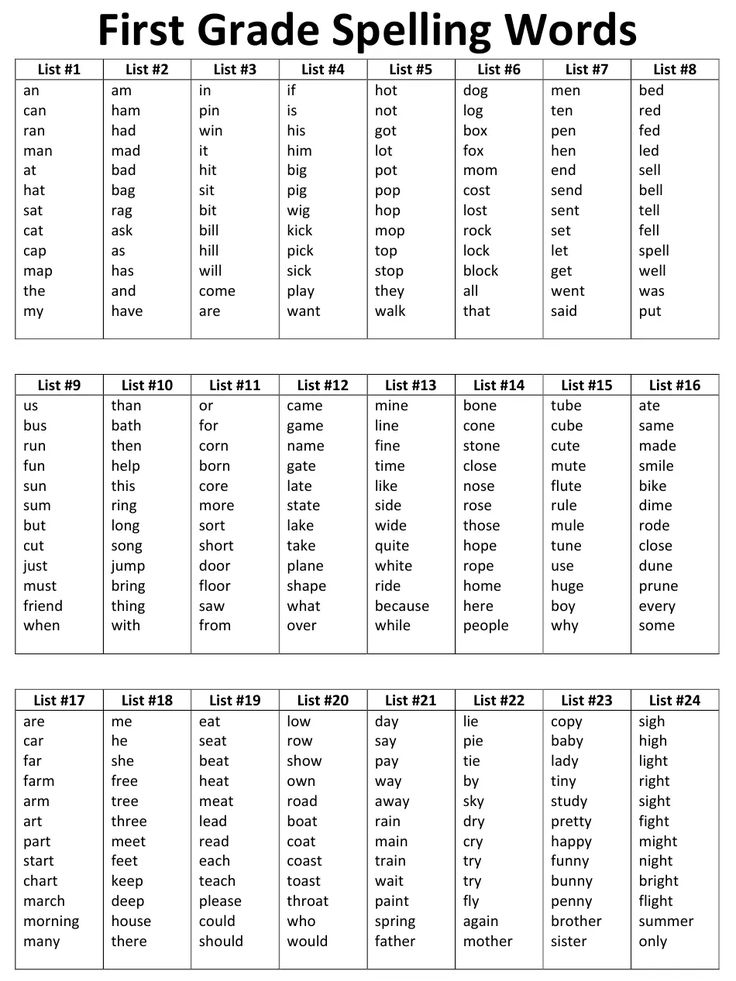
Special techniques for developing speech and stimulating speech activity.
Talking to yourself.
When the baby is close to you, start talking out loud about what you see, hear, think, feel. You need to speak slowly (but without stretching the words) and clearly, in short, simple sentences - accessible to the perception of the baby. For example: “Where is the cup?”, “I see a cup”, “The cup is on the table”, “There is milk in the cup”, “Tanya drinks milk”, etc.
Parallel conversation.
This technique differs from the previous one in that you describe all the actions of the child: what he sees, hears, feels, touches. By using Parallel Talk, you are prompting your child for words that express his experience, words that he will later begin to use on his own.
Provocation or artificial misunderstanding of the child.
This technique helps the child to master situational speech and consists in the fact that the adult is in no hurry to show his understanding and temporarily becomes "deaf", "stupid".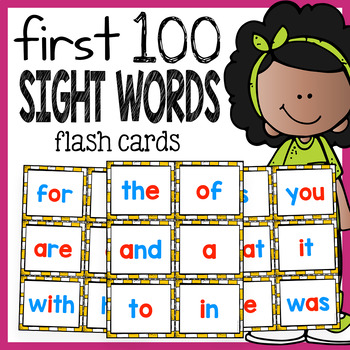 For example, if the baby points to a shelf with toys, looks at you pleadingly and you understand well what he needs at the moment, try giving him the wrong toy. Of course, the first reaction of the child will be indignation at your dullness, but this will also be the first motive that stimulates the baby to name the object he needs. If there is a difficulty, tell the baby: “I don’t understand what you want: a pussy, a car doll?” In such situations, the child willingly activates his speech capabilities, feeling much smarter than an adult. This technique is effective not only for naming objects, but also for verbally denoting actions performed with them. nine0003
For example, if the baby points to a shelf with toys, looks at you pleadingly and you understand well what he needs at the moment, try giving him the wrong toy. Of course, the first reaction of the child will be indignation at your dullness, but this will also be the first motive that stimulates the baby to name the object he needs. If there is a difficulty, tell the baby: “I don’t understand what you want: a pussy, a car doll?” In such situations, the child willingly activates his speech capabilities, feeling much smarter than an adult. This technique is effective not only for naming objects, but also for verbally denoting actions performed with them. nine0003
Distribution.
Continue and complete everything the baby says, but do not force him to repeat - it is enough that he hears you. For example:
Child: Soup.
Adult: "Vegetable soup is delicious", "The soup is eaten with a spoon"
By answering the child with common sentences using more complex language forms and rich vocabulary, you gradually lead him to complete his thought, and, accordingly, prepare the ground for mastering contextual speech.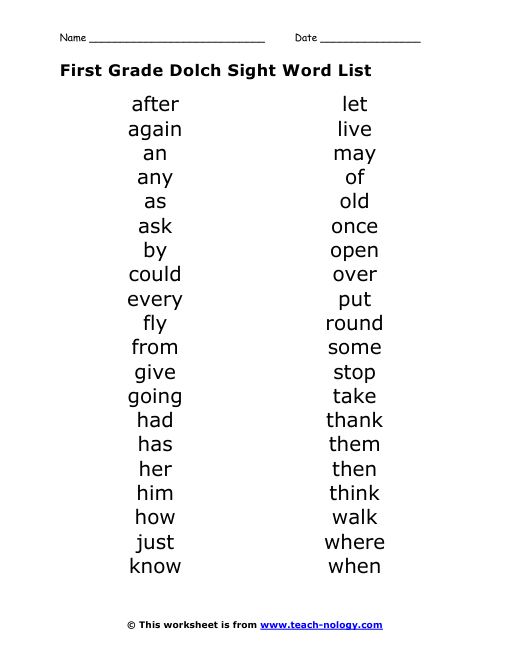 nine0003
nine0003
Sentences.
The use of game songs, nursery rhymes, sentences in joint activities with kids gives them great joy. Accompanying the actions of the child with words contributes to the involuntary learning of his ability to listen to the sounds of speech, to catch its rhythm, individual sound combinations and gradually penetrate into their meaning. Having learned to distinguish the variability of amusing sound combinations, children, imitating adults, begin to play with words, sounds, phrases, capturing the specifics of the sound of their native speech, its expressiveness, imagery. Most of the works of oral folk art were created with the aim of developing the motor activity of the baby, which is closely connected with the formation of speech activity. The more small and complex finger movements a child performs, the more parts of the brain are included in the work, because it is directly connected with the hands, or rather, crosswise: with the right hand - the left hemisphere, and with the left - the right.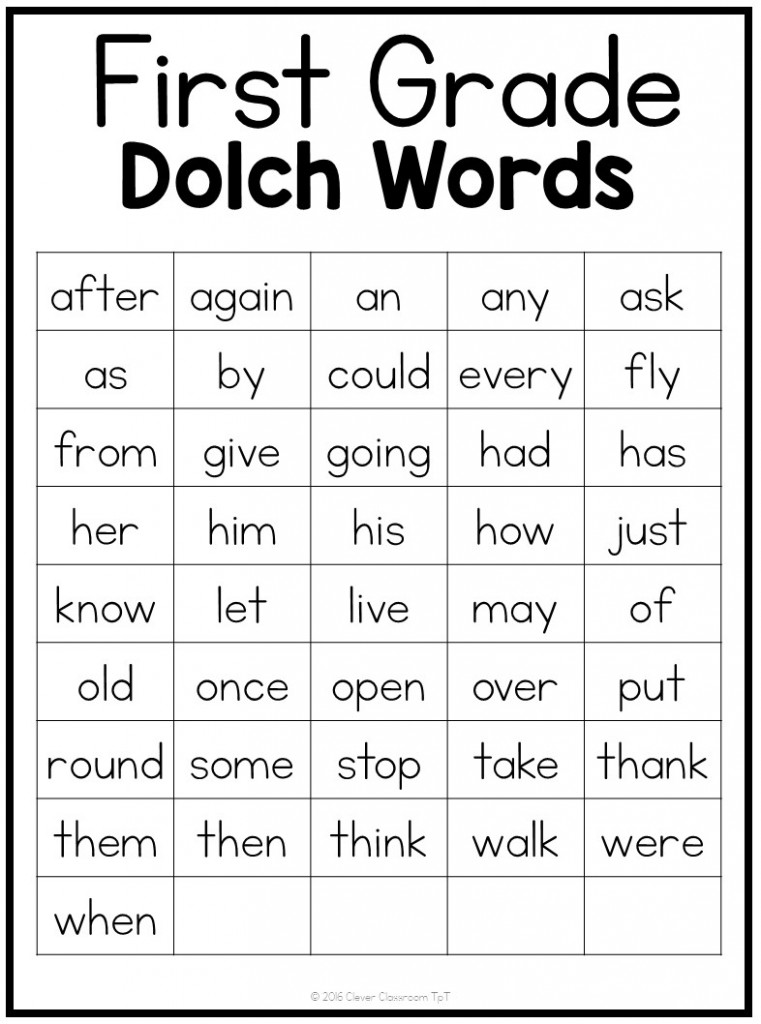 It is important to satisfy the baby's need for emotional and tactile (touching, stroking) contact with adults. Most children are kinesthetic by nature: they love to be stroked, hugged, held hands. Oral folk art just contributes to the saturation of the need for affection, for physical contact. nine0003
It is important to satisfy the baby's need for emotional and tactile (touching, stroking) contact with adults. Most children are kinesthetic by nature: they love to be stroked, hugged, held hands. Oral folk art just contributes to the saturation of the need for affection, for physical contact. nine0003
Select.
Give your child a choice. The formation of responsibility begins from the moment when the baby is allowed to play an active role in what concerns him personally. The implementation of the possibility of choice gives the child a sense of self-importance and self-worth. By the age of two, the baby can make his own choice if this right is granted to him by adults: “Would you like to pour half a glass of milk or a whole glass?”, “Would you like a whole apple or half?”, “Do you want to play with a doll or a teddy bear?” nine0003
Games with natural materials.
A huge influence on the growth of a child’s speech and cognitive activity is exerted by the variety and availability of objects that he can explore from time to time: look at them, taste them, manipulate, experiment, make small discoveries about them and with them.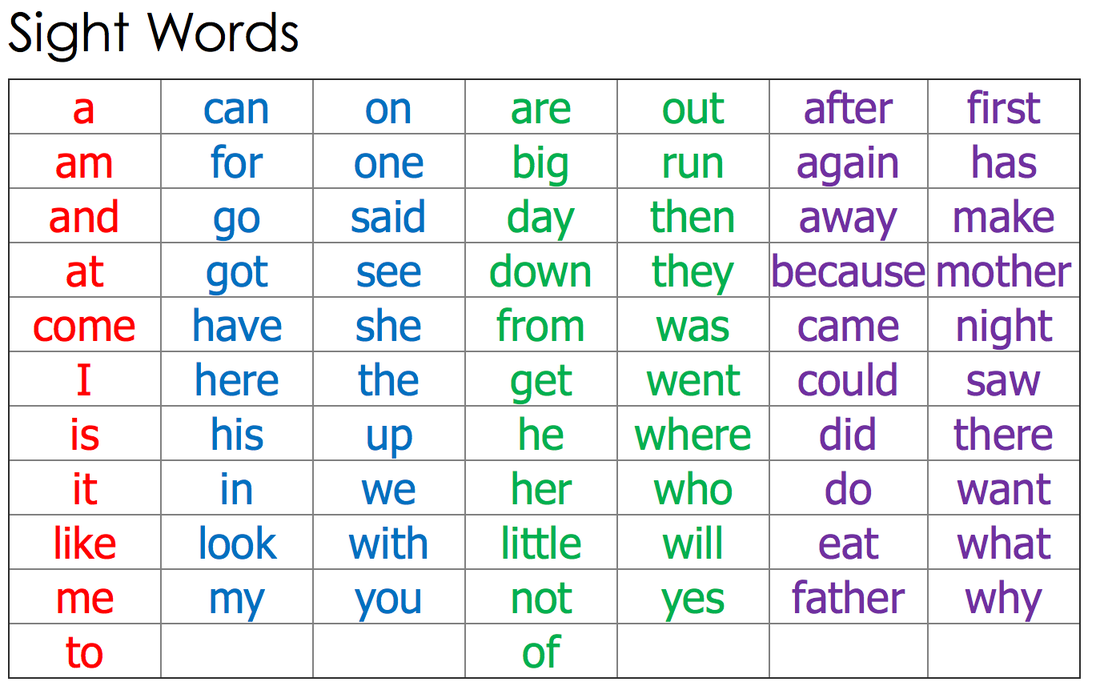 In its instinctive striving for self-development, the child, already in the first year of life, irresistibly rushes to sand, water, clay, wood and paper. There is a lot of meaning in “fussing” with them: the child is busy with work, he gets acquainted with the material, studies its properties, functions, etc. The most beloved and best toys are those that the child created himself: fortresses from sticks; ditches dug with an old spoon or scoop; paper boats; dolls made of rags, paper or straw. nine0003
In its instinctive striving for self-development, the child, already in the first year of life, irresistibly rushes to sand, water, clay, wood and paper. There is a lot of meaning in “fussing” with them: the child is busy with work, he gets acquainted with the material, studies its properties, functions, etc. The most beloved and best toys are those that the child created himself: fortresses from sticks; ditches dug with an old spoon or scoop; paper boats; dolls made of rags, paper or straw. nine0003
Productive activities.
At an early stage of speech development, the child masters the most diverse languages that replace words - gesticulation, facial expressions, onomatopoeia, elementary images. The word is for the child only one of the ways of expressing thoughts, but far from being the easiest. For many of his thoughts and ideas, he does not find suitable words, and expresses them in his own way, in other, more accessible ways: through productive activities.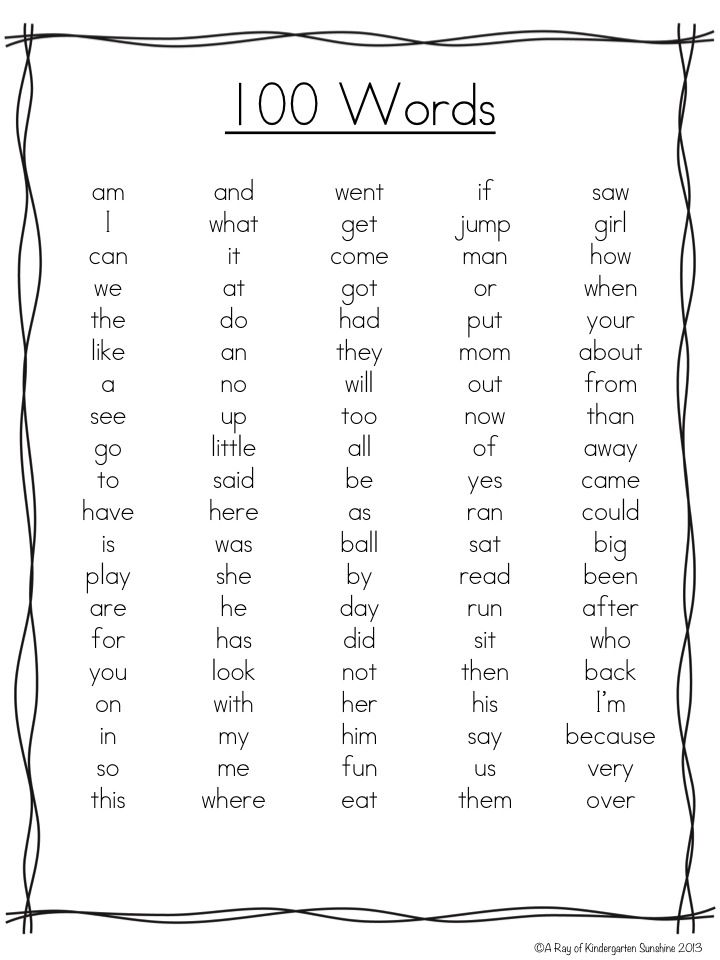 Drawing, modeling, application, design develop not only the child's linguistic abilities, but also sensory ones, which are of particular importance in the formation of mental activity. A person's thought becomes more definite and understandable if it is written down. A preschooler cannot and does not know how to write, and therefore he fixes his thoughts and ideas with the help of their sketches. So he fixes on paper all the ideas, feelings, thoughts, their combinations and intricacies that arose in his mind or soul during a certain period. An adult, writing down his thoughts, has the opportunity to repeatedly return to work with them: read, “polish”, supplement and formulate to a truly conceptual meaning. The child is incapable of such conscious work: he has drawn and abandoned, his thought, his imagination has already gone in another direction. Putting a thought into a word in such a way that it becomes clear to others is one of the most important tasks of speech, communicative and mental development, where each specific drawing of a baby has an enduring and unique meaning.
Drawing, modeling, application, design develop not only the child's linguistic abilities, but also sensory ones, which are of particular importance in the formation of mental activity. A person's thought becomes more definite and understandable if it is written down. A preschooler cannot and does not know how to write, and therefore he fixes his thoughts and ideas with the help of their sketches. So he fixes on paper all the ideas, feelings, thoughts, their combinations and intricacies that arose in his mind or soul during a certain period. An adult, writing down his thoughts, has the opportunity to repeatedly return to work with them: read, “polish”, supplement and formulate to a truly conceptual meaning. The child is incapable of such conscious work: he has drawn and abandoned, his thought, his imagination has already gone in another direction. Putting a thought into a word in such a way that it becomes clear to others is one of the most important tasks of speech, communicative and mental development, where each specific drawing of a baby has an enduring and unique meaning. Try to turn any child's drawing into an interesting story, and the story into a drawing that you need to repeatedly return to, "read" and supplement. When there are enough such stories and drawings, you can sew them into a book and “read” them to your friends and relatives. A child who understands what he is saying, who combines a distinct idea with the spoken word, reliably masters his native language. nine0003
Try to turn any child's drawing into an interesting story, and the story into a drawing that you need to repeatedly return to, "read" and supplement. When there are enough such stories and drawings, you can sew them into a book and “read” them to your friends and relatives. A child who understands what he is saying, who combines a distinct idea with the spoken word, reliably masters his native language. nine0003
Replacement.
"Imagine that ..." - these words are filled with a special attractive force for the child. At the age of two, the kid imagines with pleasure that the cube is a pie, and the shoe box is an oven. By the age of three, he is able to imagine himself as an airplane, a cat, a flower, etc. The words sound like a magic spell for a child: “Imagine that we are airplanes. Now we will fly around the whole room. Such an etude-game form develops the child's reflexive and empathic abilities, without which communication will not be full and developing.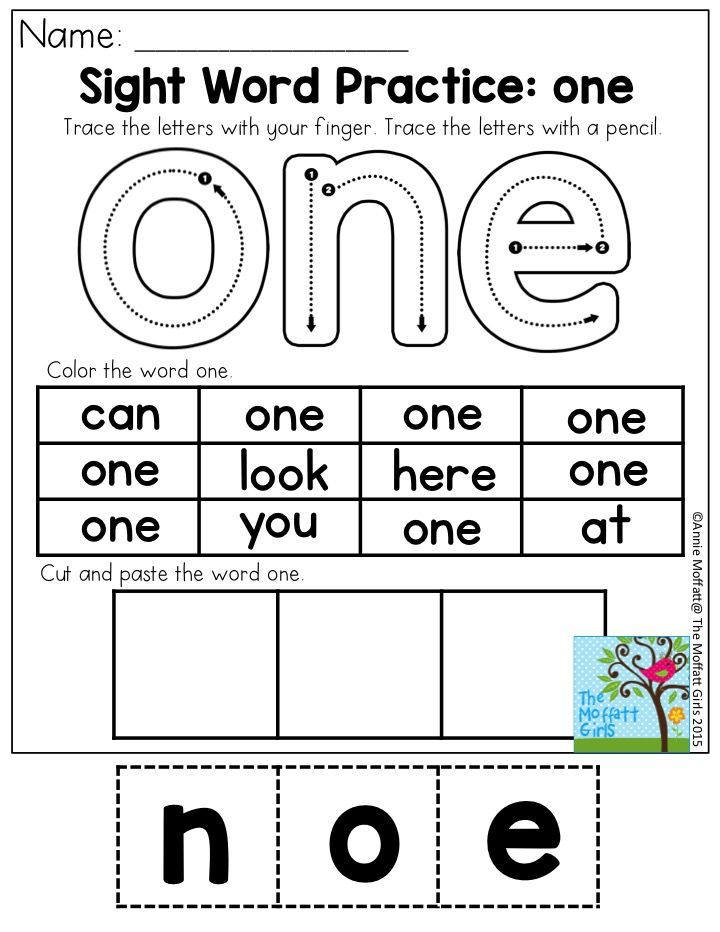 At this age, children also really like pantomime games, which activate the curiosity and observation of the baby. You can involve a child in such a game with the help of a sentence question: "Guess what I'm doing now." It is preferable to start with elementary actions: comb your hair, brush your teeth, eat an apple, pour milk, read a book. After the child has guessed, invite him to think of an action for you, and then “revive” the situation you set: set the table; walk on warm sand; run away like a fox carrying off a rooster; walk like a papa-bear and a son-bear, etc. Pantomime games and imitation games are the first step in a theatrical and plot-role-playing game. nine0003
At this age, children also really like pantomime games, which activate the curiosity and observation of the baby. You can involve a child in such a game with the help of a sentence question: "Guess what I'm doing now." It is preferable to start with elementary actions: comb your hair, brush your teeth, eat an apple, pour milk, read a book. After the child has guessed, invite him to think of an action for you, and then “revive” the situation you set: set the table; walk on warm sand; run away like a fox carrying off a rooster; walk like a papa-bear and a son-bear, etc. Pantomime games and imitation games are the first step in a theatrical and plot-role-playing game. nine0003
Role play.
This type of children's activity at a young age is only being formed, and it acquires the fullness of the development that leads to it somewhat later. But this does not mean at all that there is no need to organize elementary plot-role-playing actions during this period. With some ingenuity, adults may well organize role-playing games.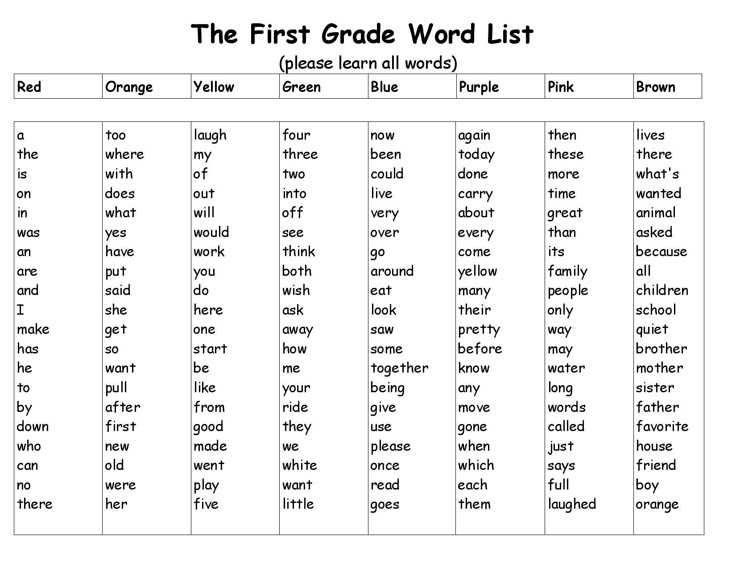 For example, playing on the phone, when a child, using a toy device, can call mom, dad, grandmother, fairy-tale characters. Playing on the phone stimulates the child's speech development, builds self-confidence, and increases communicative competence. Encourage children's tendency to imitate - this develops attention to detail, awareness of the direct and figurative meaning of words. nine0003
For example, playing on the phone, when a child, using a toy device, can call mom, dad, grandmother, fairy-tale characters. Playing on the phone stimulates the child's speech development, builds self-confidence, and increases communicative competence. Encourage children's tendency to imitate - this develops attention to detail, awareness of the direct and figurative meaning of words. nine0003
Music games. The importance of musical games in the speech development of a child can hardly be overestimated. Kids sing along with pleasure, adore noise musical instruments, ritual games such as "Loaf", "Over the bumps", "The woman sowed peas", etc. Encourage the child's desire to move to the music, sing along. It's okay that the child first pronounces only the endings or the last words of the song lines. Subsequently, he will begin to sing small songs in their entirety and, possibly, distort some of the words. This should not scare you - sing the song along with the "main performer", but, unlike him, sing it correctly.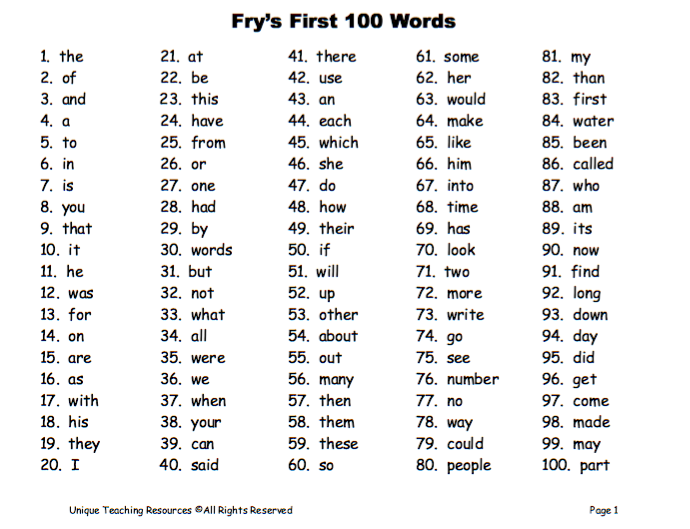 More often give the baby the opportunity to move to a variety of music, independently extract sounds from various objects, accompanying himself. A child dances and sings about what he sees around, hears, invents his own songs and melodies - this is how a creator is born! nine0003
More often give the baby the opportunity to move to a variety of music, independently extract sounds from various objects, accompanying himself. A child dances and sings about what he sees around, hears, invents his own songs and melodies - this is how a creator is born! nine0003
Source:
www.r-rech.ru
MedEncyclopedia - MedPortal.ru
Inessa Smyk, Daria Golubeva
| Age | Analyzer | Manifestation | |
| 10 days | Az | Keeps a moving object in view.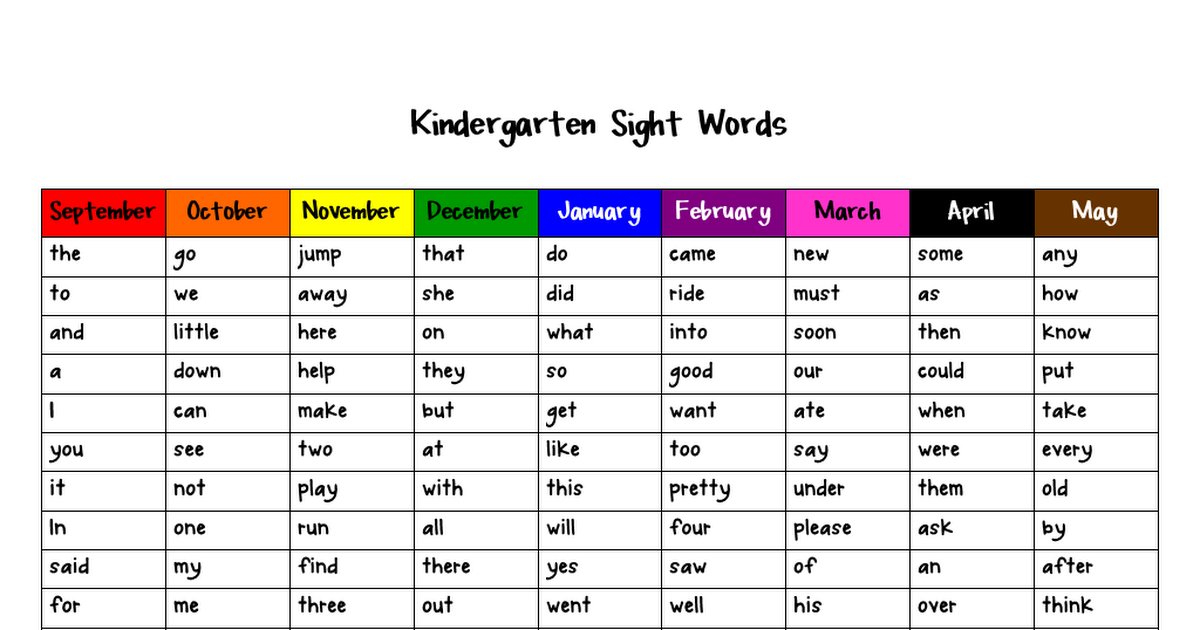 nine0318 nine0318 | |
| Ac | Startles and flashes when there is a sharp sound. | ||
| 18-20 days | Az | Holds a fixed object in view. | |
| Ac | Calms down with strong sound. | ||
| 1 month | Az | Focuses the gaze on a stationary object, smooth tracking of moving objects appears. nine0318 | |
| Ac | Listens to the sound and voice of an adult. | ||
| E | The first smile in response to the conversation. | ||
| To | Lying on his stomach, trying to raise his head. | ||
| Ra | Pronounces individual sounds. | ||
| 2 months | nine0319 Az Prolonged visual concentration.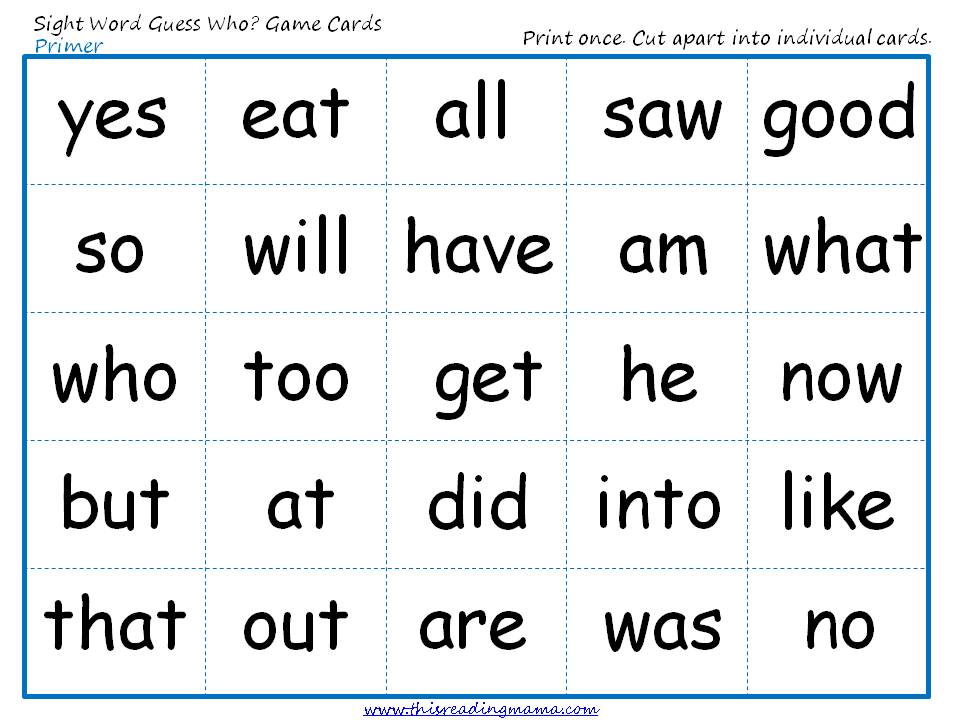 | ||
| Ac | Seeking head turns with prolonged sound. | ||
| E | Quickly responds with a smile to an adult's conversation. | ||
| To | Lying on stomach, raises and holds head for some time. | ||
| Ra | Repeats individual sounds. | ||
| 3 months | Az | Visual concentration in an upright position, on the face of an adult speaking to him. | |
| E | "Revival" complex in response to toys. | ||
| To | Lies on the stomach, holding the head, rests on the forearms. Raising his head high, he firmly rests his legs with the support of his armpits. nine0318 | ||
| Dr | Accidentally bumps into toys hanging low over the chest with hands.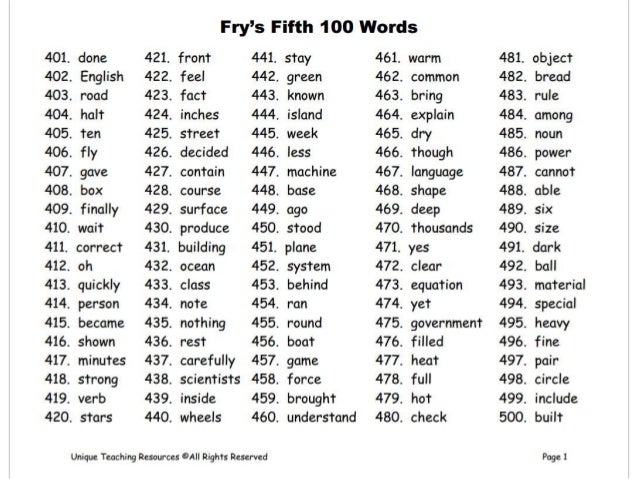 | ||
| 4 months | Az | Recognizes mother, rejoices. | |
| Ac | Locates an invisible source of sound with the eyes. | ||
| E | Laughs loudly in response to communication. nine0318 | ||
| DR | Examines, grasps and swings a hanging toy. | ||
| Ra | Gulit. | ||
| H | Holds mother's breast or bottle. | ||
| 5 months | Az | Distinguishes close people from strangers in appearance (reacts differently to the face of a familiar and unfamiliar adult). nine0318 | |
| Ac | Recognizes the voice of the mother, distinguishes between the strict and affectionate intonation of the addressed speech.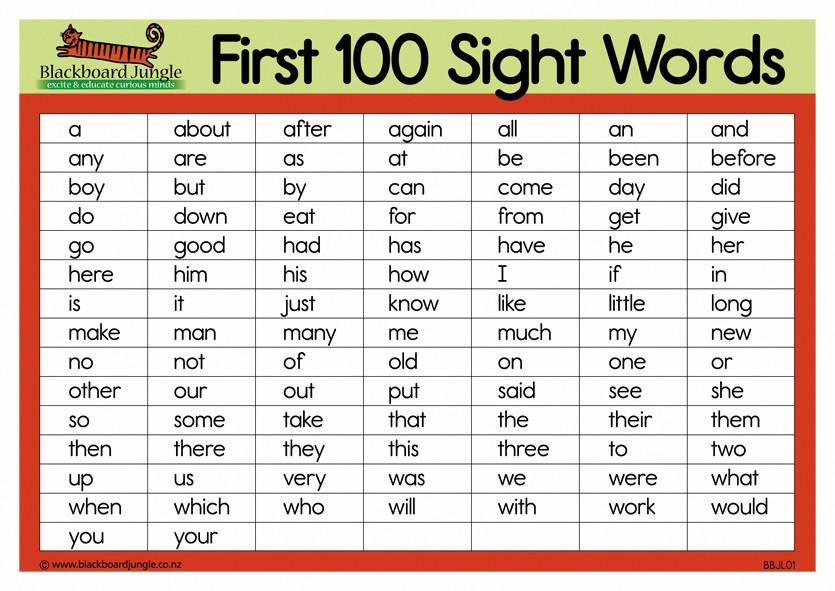 | ||
| E | Rejoices at the child, takes a toy from his hands, gurgles. | ||
| Dr | Clearly picks up a toy from an adult's hand, holds the toy in his hand. | ||
| nine0315 To | Lies on the stomach for a long time, raising the body and leaning on the palms of straightened arms. Rolls over from back to stomach. Stands upright, steady with armpit support. | ||
| Ra | Long melodious buzzing. | ||
| H | Eats half-thick and thick writing from a spoon. | ||
| 6 months | Ac | Reacts differently to his own and someone else's name. | |
| DR | Confidently takes toys, being in any position, works with them for a long time, shifts from one hand to another.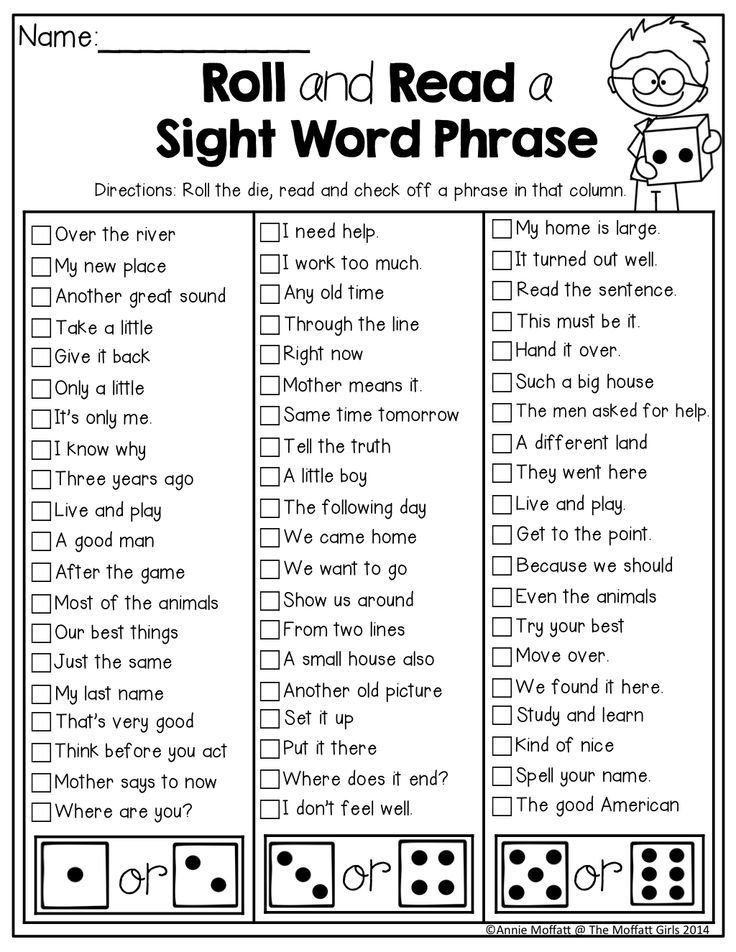 | ||
| To | Rolls over from stomach to back. Moves by moving hands or crawling a little. | ||
| Ra | Pronounces single syllables, beginning to babble. | ||
| H | Eats from a spoon, removes food with lips. | ||
| 7 months | Dr | Knocks with a toy, swings, shifts, throws it, etc. | |
| To | nine0315 Crawls well (a lot, fast, in different directions).|||
| Rp | To the question "where?" seeks and finds with a glance an object that is repeatedly called, constantly located in a certain place. | ||
| Ra | He babbles for a long time, pronouncing the same syllables. | ||
| H | nine0315 Drinks from a cup held by an adult.|||
| 8 months | E | Looks at another child's action and laughs or babbles. | |
| Dr | Engages with toys for a long time and uses them in various ways, depending on their properties. Imitates the actions of an adult with toys (pushing, knocking, taking out, etc.). | ||
| To | He sits, sits and lies down. Holding on to the barrier with his hands, he gets up, stands and falls. Steps sideways, holding on to the barrier. nine0318 | ||
| Rp | To the question "where?" finds several (2-3) items in permanent places. At the word of an adult, performs previously learned actions (without showing), for example, “patties”, “give me a pen”, etc. | ||
| Ra | loudly, clearly, repeatedly pronounces various syllables. | ||
| H | Eats a crust of bread which he himself holds in his hand.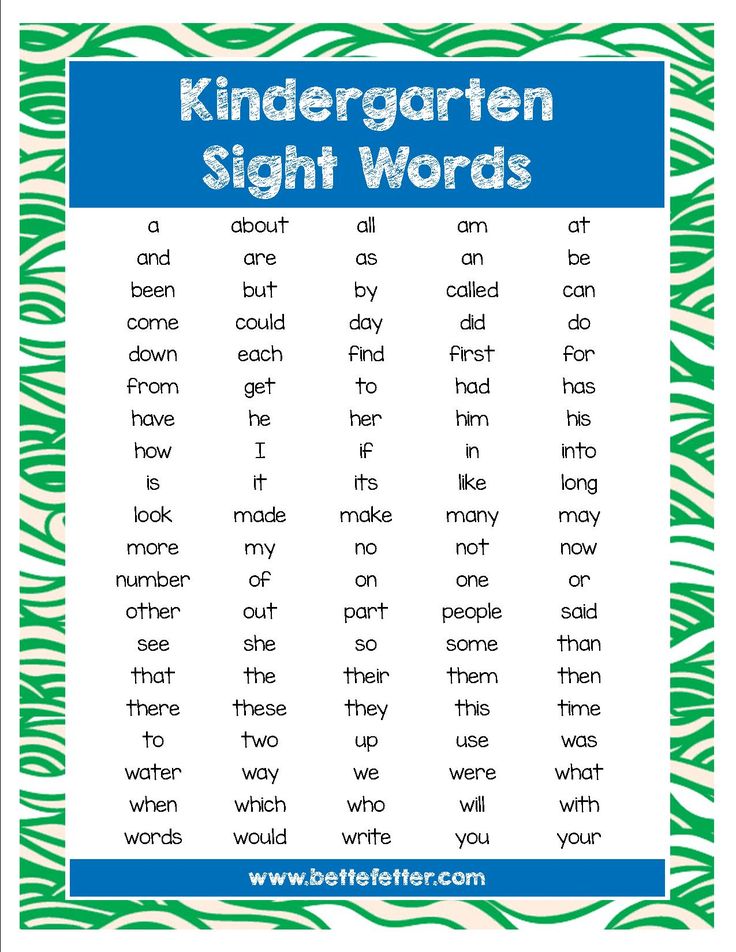 Drinks from a cup held by an adult. nine0318 Drinks from a cup held by an adult. nine0318 | ||
| 9 months | Ac | Dance movements to dance music. | |
| E | Catching up with the child, crawling towards him. Imitates the actions, movements of another child. | ||
| DR | It acts differently with objects, depending on their properties (rolls, takes out, opens, rattles, presses, etc.). | ||
| To | Passes from one object to another, lightly holding on to them with his hand. | ||
| Rp | To the question "where?" finds several familiar objects in different places, regardless of their permanent location. Knows his name - turns around at the call. | ||
| Ra | Imitates an adult, repeats after him new syllables that are already in his babbling.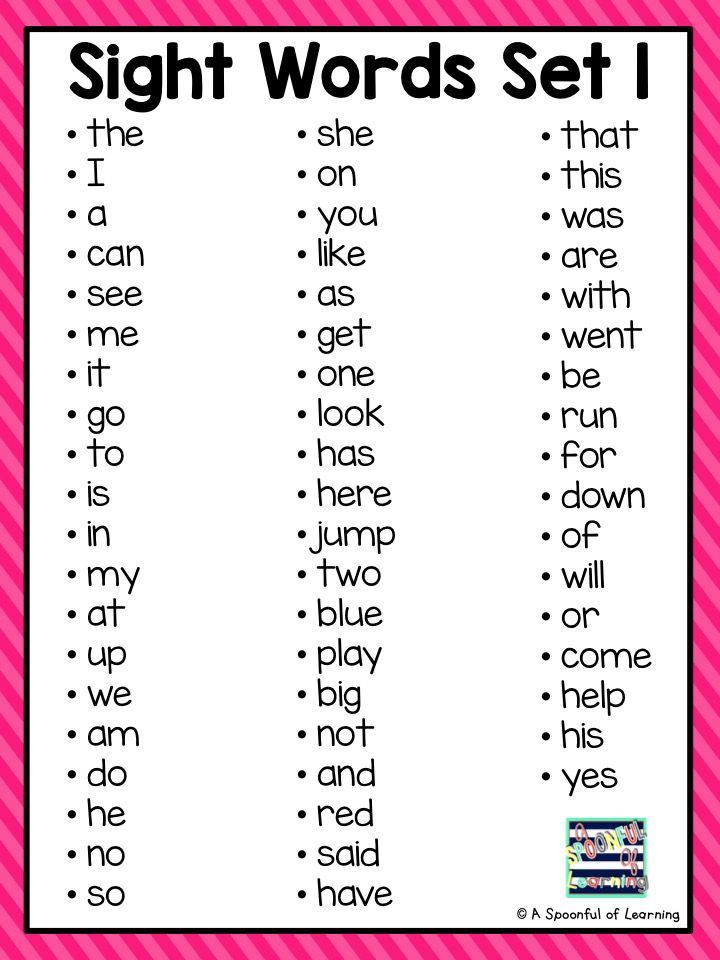 nine0318 nine0318 | ||
| H | Drinks well from a cup, holding it lightly with his hands. The skill of neatness is being formed (calmly relates to planting on a pot). | ||
| 10 months | E | Operates near the child or plays with the same toy. | |
| DR | Independently or at the request of an adult performs various actions with toys. | ||
| To | Enters a low surface or “slide”, holding on to the railing and descends from it. Walks forward with both hands supported. | ||
| Rp | At the request of "give" finds and gives familiar objects. When flirting with him ("hide and seek", "catch up, catch up") performs learned actions and movements. | ||
| Ra | Imitates an adult, repeats new syllables after him, which are not in his babbling.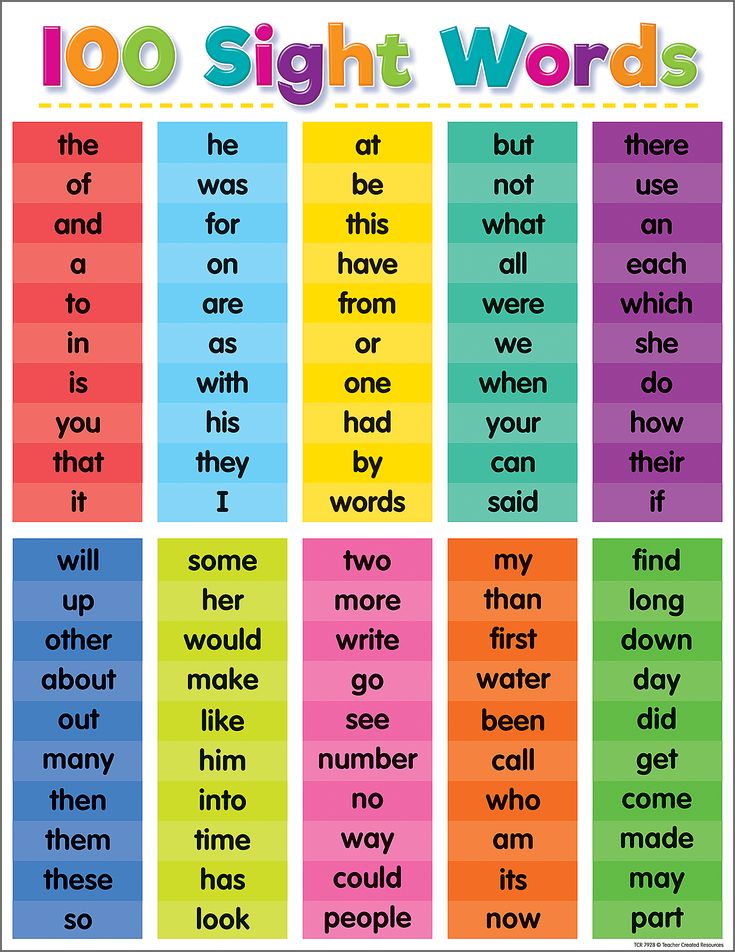 nine0318 nine0318 | ||
| H | Skills acquired in 9 months are consolidated. | ||
| 11 months | E | Rejoices at the arrival of children. Selective attitude towards children. | |
| DR | Masters skills and learned actions, performs them at the request of an adult. | ||
| To | Stands alone. Takes the first independent steps. nine0318 | ||
| Rp | According to verbal instructions, performs various actions that are not prompted by objects /leads a doll/. The first communication appears in understandable speech, / at the request of an adult, finds and gives a doll that he sees among toys /. | ||
| Ra | Pronounces the first words - designations "av-av", "kiss-kiss", "give". | ||
| H | Skills and skills are fixed. nine0318 nine0318 | ||
| 12 months | Az | Distinguishes objects by shape - a cube, a brick. Recognizes friends in photos. | |
| E | Holds out to another child and gives the toy, accompanying it with babble, laughter. Looking for a toy hidden by another child. | ||
| Dr | Independently performs various activities with toys. Transfers actions learned from one subject to another. nine0318 | ||
| To | Walks independently. | ||
| Rp | Understands names of objects, names of adults, individual tasks. He understands "no". | ||
| Ra | Pronounces 5-10 facilitated words, easily imitates new syllables. | ||
| H | Drinks from a cup independently. | ||
| 1 year 3 months nine0318 | C | While playing, distinguishes between two objects of different size, for example, two cubes.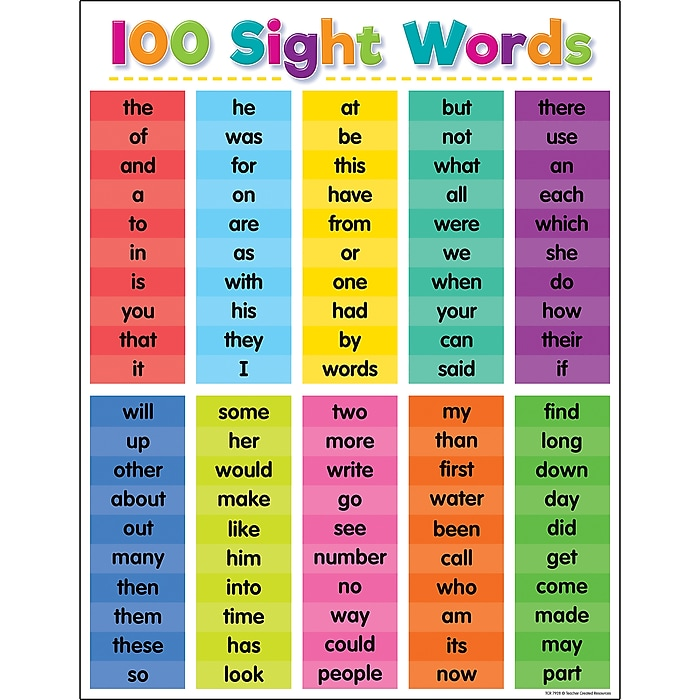 | |
| Dr | Knows how to reproduce the learned actions in the game /feeds the doll, assembles the pyramid/. | ||
| To | Walks for a long time, changes position / sits down, bends over /. | ||
| Rp | Significantly increased the stock of understood words. nine0318 | ||
| Ra | Uses babble and a lightened word / "give", "mother", "no way", "bang"/. | ||
| H | Eats thick porridge by himself with a spoon. | ||
| 1 year 6 months | C | From objects of different shapes /3-4/ to the proposed sample and word, selects the same shape, /for example, to a cube - a cube/. | |
| Dr | Knows how to reproduce actions often observed in life /combing, washing the doll/.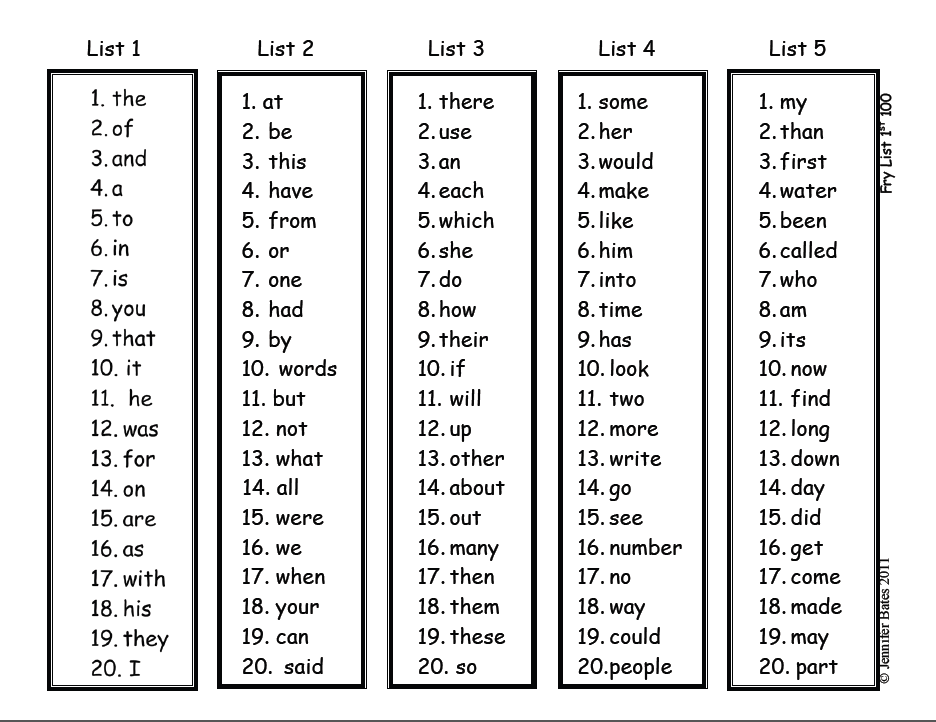 | ||
| To | Movements are more coordinated - steps over obstacles with a side step, /for example, over a folder lying on the floor/. | ||
| Rp | Finds by word among several outwardly similar objects two identical in meaning, but different in color and size. nine0318 | ||
| Ra | Names an object in surprise, joy or strong interest. | ||
| H | Eats liquid food with a spoon on his own. | ||
| 1 year 9 months | C | While playing, he distinguishes between three objects of different sizes (for example, 3 cubes). | |
| To | Able to walk on a surface 15-20 cm wide at a height of 15-20 cm from the floor. | ||
| Dr | Builds a "gate", "bench", "house".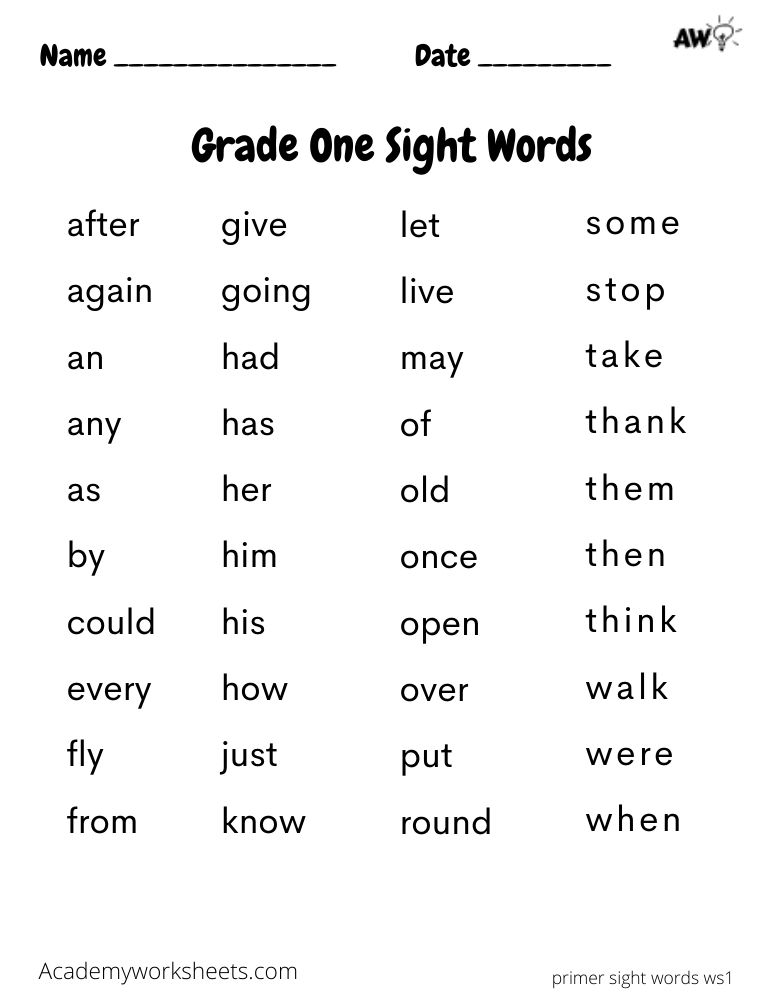 | ||
| Ra | Uses two-word sentences. | ||
| Rp | Answers the questions of an adult when looking at story pictures. | ||
| H | Able to partially undress with a little help from an adult. nine0318 | ||
| 2 years | C | According to the proposed sample and the request of an adult, finds an object of the same color. | |
| To | Steps over an obstacle in alternating steps. | ||
| Dr | Plays a series of logical related actions in the game. For example, a doll, bathes, wipes. | ||
| Ra | Uses 2-3 word sentences when communicating with adults, using adjectives and pronouns. | ||
| Rp | Understands a short story about events familiar to the child from his personal experience.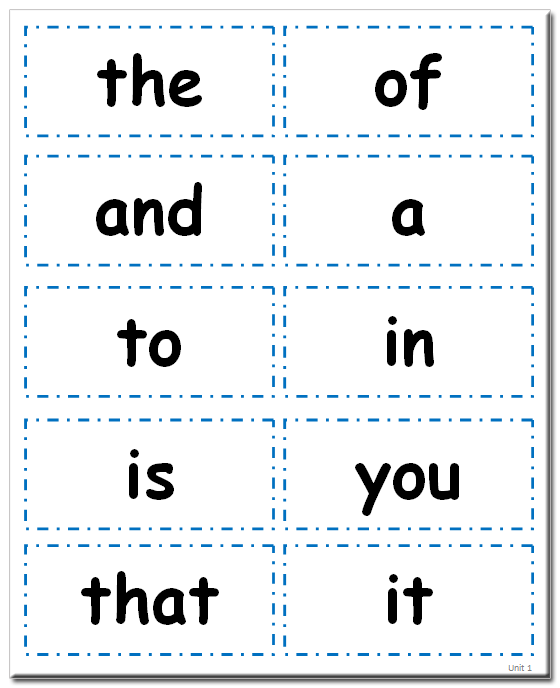 | ||
| H | Able to partially dress clothes with a little help from an adult. | ||
| 2 years 6 months | C | Matches a variety of objects in four colors /red, blue, yellow, green/. nine0318 | |
| To | Steps over a stick or rope raised 20-28 cm horizontally from the floor. | ||
| Dr | In the game he acts interrelated, sequentially (feeds the doll, puts him to bed, walks). | ||
| Ra | Builds a sentence of three or more words. Where are the questions? where? | ||
| H | Can dress independently, but does not yet know how to fasten buttons and tie shoelaces. | ||
| 3 years | C | Names 4 primary colors. | |
| To | Steps over a stick or rope raised horizontally 30-35 cm above the floor.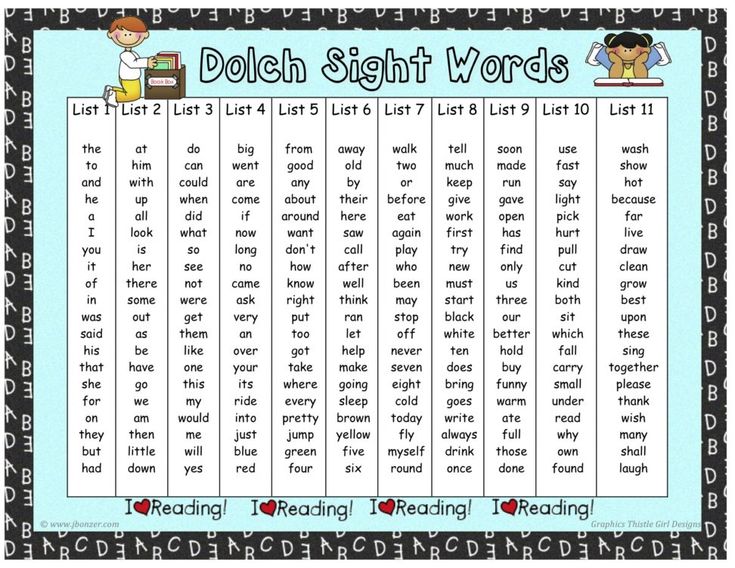 | ||
| Games | Plays a role in games. For example: playing with a doll, says: mom, doctor. nine0318 | ||
| Ra | Uses complex sentences. Questions arise why? when? | ||
| H | Gets dressed on his own with a little help from an adult, fastens buttons, ties shoelaces. | ||
| 4 years | Thinking, speech. | Able to group items by class: furniture, dishes, clothes, animals, birds, etc. | nine0327|
| Motor skills. | Able to jump simultaneously on two legs, in place and moving forward. Always or sometimes does buttons, ties shoelaces. | ||
| Attention and memory | Attentive, collected. Age-appropriate verses are memorized quickly, firmly or slowly, after many repetitions, but on the whole successfully.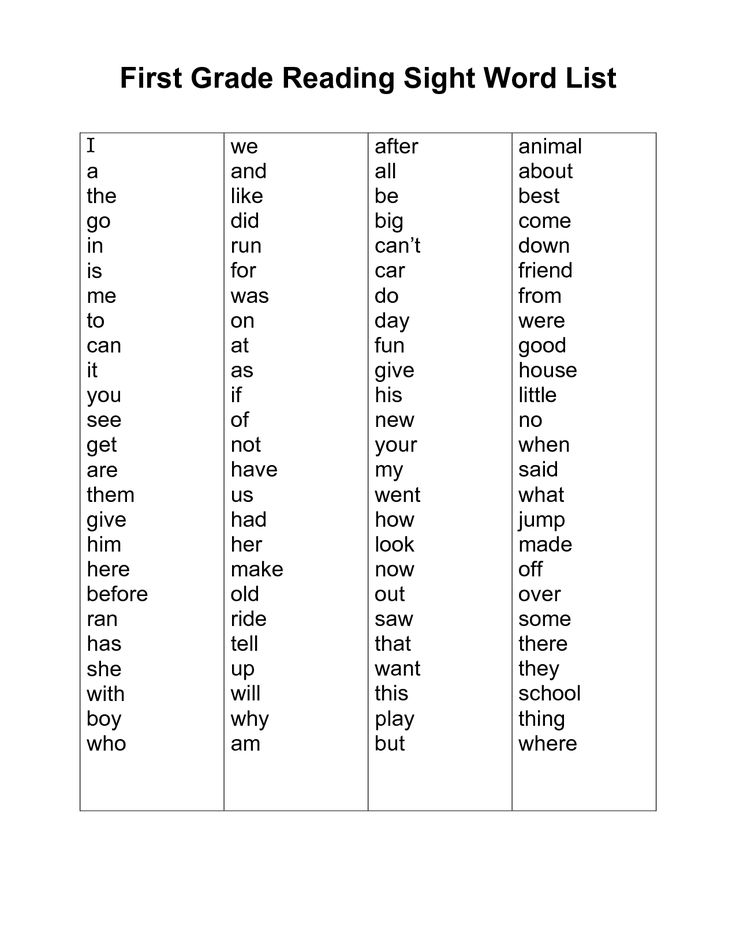 | ||
| Social contacts. nine0318 | Knows how to play with other children and by following the rules of the game. | ||
| Psychic | No deviation. | ||
| 5 years | Thinking | Able to compose a story from a picture from several sentences. Correctly answers the question of how the hero got into this situation. | |
| Motor | Able to jump in place on one leg and move forward. He dresses and undresses himself always or almost always. nine0318 | ||
| Attention memory | Attentive, collected. Age-appropriate verses are memorized quickly, firmly or slowly, after many repetitions, but on the whole successfully. | ||
| Social contacts. | Knows how to play with other children and by following the rules of the game.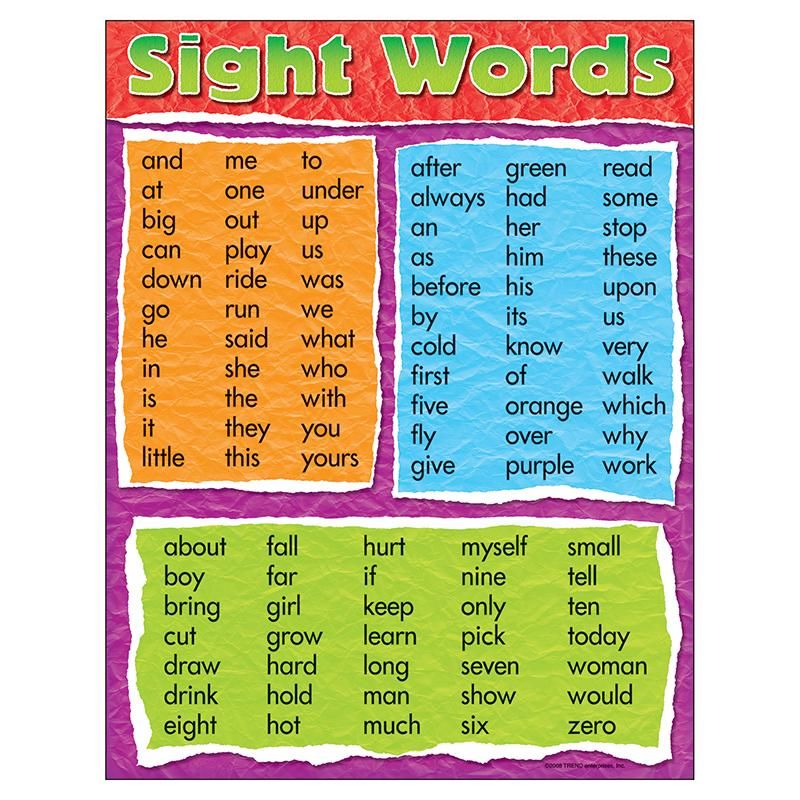 | ||

